These are the best laptops you can buy today
The best laptops help you switch seamlessly between productivity, creativity, and relaxation at a moment's notice. These portables have the processing chops to handle demanding applications, but not the bulky designs that make them inconvenient to carry around. We've reviewed and ranked the best low-end, mid-range, and high-end laptops across all the major manufacturers and operating systems to help you decide which one hits the perfect balance between budget and performance.
Choosing the best laptops of 2021
You won't find many gaming laptops, mobile workstations, or 17-inch behemoths on our list of the "best" laptops. It goes without saying that if you spend two or three thousand dollars on a machine, it's going to outperform a Chromebook. We think that the best laptops work for professionals without outpricing students, performing well in their base configuration, and offering upgrades for power users.
That's why four of our best Chromebooks picks also made our list of the best laptops. These devices might not win in a benchmark contest against an Ultrabook or Macbook. Still, they offer perks like a simplified operating system, excellent battery life, and hybrid laptop/tablet designs, all at a much lower starting price.
Even if you'd prefer a Windows device, we think versatility and portability is an important factor for most buyers. That's why half of our picks have convertible or 2-in-1 form factors, and all of our picks (minus our gaming laptop) weigh between 2 and 3.3 pounds and don't measure above 14 inches.
We'll highlight all of the usual and important specs like processors, graphics, and memory, but these often correlate pretty consistently with the price you're willing to pay. The intangibles we'll highlight here are those that will matter most to your day-to-day experience: the keyboard, trackpad, temperature and fan noise, color fidelity, internet connectivity, and so on. What you won't find much of are laptops with upgradeable components besides storage or recommendations that you buy the 4K or OLED versions of laptops that burn through battery life much faster.
That being said, if you came here for the best of the best and just want our top recommendations with no fuss, choose the XPS 13 9310 for sheer quality of performance, stylish display, and functional features. Or, if Windows isn't your OS of choice, the excellent Acer Chromebook Spin 713 should check most students' and creatives' boxes at a lower price, while the MacBook Air with M1 has surprisingly fast performance and all-day battery life at a mid-range price.
Dell XPS 13 9310
Best Overall Laptop
Bottom line: Each new generation of the XPS 13 only widens the gap between it and other laptops, and the latest 9310 gives you 11th Gen Intel processing, 91.5% screen-to-body ratio, Wi-Fi 6, improved integrated graphics, and more. As a result, it's a mid-range option that can easily run productivity and editing software, and even non-demanding PC games, at a lower cost than most comparable machines — though the 4K and touchscreen options raise the price.
Processor: Up to 11th Gen i7-1165G7 | Graphics: Intel® Iris® Xe Graphics Shared | RAM: Up to 16GB 4267MHz LPDDR4x | Storage: 512GB–2TB M.2 PCIe NVMe | Display size: 13.4" | Display resolution: FHD or UHD, 500 nits | Ports and slots: 2x Thunderbolt 4, 1x audio jack, 1x microSD | Weight: 2.8 lb | Convertible? 2-in-1 model available
| Quality of build | Configuration | Typical price |
|---|---|---|
| Low-end | i3, 8GB RAM, 256GB SSD, FHD | $950 |
| Mid-range | i7, 16GB RAM, 512GB SSD, FHD | $1350 |
| High-end | i7, 32GB RAM, 1TB SSD, 3.5K Touch | $1750 |
Pros:
- Tiger Lake CPU and Iris Xe GPU
- 16:10 anti-reflective display with tiny bezels
- 500 nits and 90% DCI P3 with 1500:1 contrast
- Facial and fingerprint recognition log-in
- Outstanding audio
- Excellent keyboard and touchpad
Cons:
- Only two Thunderbolt ports, with no USB
- Battery life only average
Our colleagues at Windows Central had nothing but effusive praise for the Dell XPS 13 9310, which it called the "best 13-inch Ultrabook" on the market thanks to its beautiful bezel-less design, powerful Intel Xe graphics, attractive 16:10 display, and truly reliable battery life. Best of all, its new Tiger Lake CPUs handles productivity software like Excel 2.5x faster and video editing software 1.54x faster than the previous CPU generation, making it perfect for productivity.
Very few laptops come close to the quality that the XPS 13 offers, so your only real debate is whether to buy the newest model for the speed boost and other minor upgrades or choose the 10th Generation CPU option at a discount.
Our reviewers loved the older 2020 laptop on its own merits. The form factor received the most praise thanks to its tall 16:10 aspect ratio, razor-thin bezels, redesigned keyboard with large backlit keys, and good key travel. In the Geekbench 5.0 and PCMark 10 CPU benchmark tests, the XPS 13 beat our other best laptop picks: the Surface Laptop 4, HP Spectre x360, and an upgraded sibling of the Acer Swift 3. The 500 nits of brightness and excellent dual 2.5-watt speakers gave a one-two punch of stunning visuals and audio.
That said, there are perks to upgrading to the 9310. Specs-wise, the RAM speed jumps from 3733MHz to 4267MHz, and the SSD was swapped to the M.2 PCIe form factor. The DCI-P3 color gamut jumps to 90%, a useful improvement for photo and video editors that need color fidelity. If you have a Wi-Fi 6 router, only the 9310 can take full advantage of it. You'll also upgrade your two ports to Thunderbolt 4.
Shoppers who game in their spare time will seriously want to consider the 9310 because its upgraded Intel Xe GPU proves that integrated graphics don't have to be bad. According to leaked benchmarks, the Intel Xe wins a head-to-head showdown against the discrete 25W NVIDIA MX350 GPU, and can reportedly play current-gen titles like Borderlands 3 at 1080p, something the 9300 XPS 13 certainly can't do. It's not a gaming laptop by any stretch of the imagination, but it'll let you enjoy new games without spending an extra grand for a well-specced gaming laptop.
Neither laptop has legacy USB ports — you'll need some USB-C adapters — and the 52 Whr battery remained unchanged between the 9300 and 9310, leaving you with adequate but unremarkable battery life. So whichever you get your hands on, there are very few downsides to an XPS 13.
Best Overall Laptop
Dell XPS 13 9310
An unmatched Ultrabook with a gorgeous display and the latest Intel processing, the Dell XPS 13 has few rivals.
Acer Chromebook Spin 713
Best Chromebook
Bottom line: Anyone who can find this model in stock has an absolute winner on their hands. The Acer Chromebook Spin 713 frequently sells out thanks to an affordable price matched with some of the most powerful specs you'll find with a Chrome OS device. As our only Chromebook pick with an HDMI port, 3:2 ratio, and i7 Intel processor, it's the best equipped for multi-display or multi-window productivity and for Stadia gaming.
Processor: Up to 10th Gen i7-10510U 1.80GHz | Graphics: Intel UHD Shared | RAM: 16GB DDR4 SDRAM | Storage: 128 GB SSD | Display size: 13.5" | Display resolution: 2256x1504 | Ports and slots: 1x HDMI, 1x USB-C, 3x USB | Weight: 3.20 lb | Auto Update Expiration date: June 2028 | Convertible? Yes
| Quality of build | Configuration | Typical price |
|---|---|---|
| Low-end | i3, 4GB RAM, 64GB SSD, 2K Touch | $530 |
| Mid-range | i5, 8GB RAM, 128GB SSD, 2K Touch | $629 |
| High-end | i7, 16GB RAM, 128GB SSD, 2K Touch | $1000 |
Pros:
- Affordably priced for specs
- Consistent 10-hour battery life
- 2K IPS display
- HDMI and USB-C ports
- 10th Gen Intel i7
Cons:
- Down-facing speakers
- Noticeably warm fan
Most Chromebooks fundamentally lack much processing power, offering wimpy Mediatek processors, subbing in eMMC storage for SSDs, and falling short of the usual 8GB memory standard. However, Acer flouted those industry standards when it built the powerful Spin 713, which we gave 5 stars in our review. Part of Intel's Project Athena initiative to improve Chromebooks' reliability and power, the Spin 713 is essentially a poster child for how to meet those goals.
For starters, the entry-level 713 gives you three options between the 10th Gen Intel i3, i5, and i7 that are all within a couple of hundred dollars in price, so upgrading to full power doesn't make you spend more than you should. Even at the lowest tier, you get 8GB of memory that will help it handle as many Chrome tabs at once as you need; and again, moving up to 16GB won't bankrupt you. Just note that all that extra processing power translates into a louder, warmer fan than most Chromebook users have to accept.
Best of all, in our weeks of testing, we found that even with brightness at max and making video calls, the battery life lasted us 6–8 hours. Most non-Chromebooks are lucky to hit that even when not using any intensive applications. While on the go, this laptop may be slightly heavier than other Chromebooks but needs that extra weight for its powerful components and strong battery to match.
Acer made room for an HDMI port, USB-C port, and three legacy USB ports, which outclasses most Chromebooks and Ultrabooks. While you'll need a USB-C monitor for most Chromebooks, this laptop makes it far simpler to link up to any external monitor to add screen space for your work or charge your various accessories.
While virtually any Chromebook can handle Stadia since the bulk of the game rendering is handled via the cloud, the Spin 713 remains one of the few that won't be overwhelmed by higher settings. And once Google succeeds in adding Steam support to its Chromebooks via Linux, the Spin 713 is far better equipped than our other Chromebook picks to play games past potato settings.
Why shouldn't you pick the Acer Chromebook Spin 713? If you want a true 2-in-1 detachable, that's lighter for in-bed tablet streaming, for one. For another, our reviewer did note that the audio doesn't sound great when seated on your lap or bed, thanks to the downward-facing speakers. And it does have decently sized bezels compared to some of our other top picks. These are fairly minor concerns, but we have some alternatives below if you want a lighter device with an even better battery life.
Best Chromebook
Acer Chromebook Spin 713
Combining power, portability, and plenty of ports, the Acer Spin 713 is among our top picks' most versatile and affordable.
HP Spectre x360 13
Best Convertible Laptop
Bottom line: More affordable for comparable specs than the XPS 13, the Spectre x360 is the best pound-for-pound competitor with our top pick. Along with some unique privacy features and 4G LTE support (with 5G on the way), the Spectre stands out for its convertible design and 90% screen-to-body ratio. Plus, it recently got an 11th Gen upgrade that simultaneously speeds up processing and improved its battery life.
Processor: 10th Gen Intel i7-1165G7 (Up to 4.7 GHz) | Graphics: Intel Iris Xe Graphics | RAM: 16 GB | Storage: 256GB–2TB PCIe NVMe M.2 SSD | Display size: 13.3" | Display resolution: FHD or UHD, 400 nits | Ports and slots: 2x Thunderbolt 4, 1x USB-A, 1x audio jack | Weight: 2.8 lb | Convertible? Yes
| Quality of build | Configuration | Typical price |
|---|---|---|
| Low-end | 10th-gen i5, 8GB RAM, 256GB SSD, FHD | $1049 |
| Mid-range | 10th-gen i7, 16GB RAM, 512GB SSD, 4K Touch | $1349 |
| High-end | 11th-gen i7, 16GB RAM, 512GB SSD, 4K Touch | $1499 |
Pros:
- Up to 11th Gen Intel with Xe integrated graphics
- Webcam kill switch and mic mute button
- Edge-to-edge keyboard with great key travel
- Improved precision touchpad
- 4G LTE support
- Cheaper than XPS 13 for approximate specs
Cons:
- Average tested battery life
- 16:9 aspect ratio
Only the Dell XPS 13 2-in-1, our pick for the best Dell laptop, comes close to matching the HP Spectre x360 13 as a convertible laptop. Yet, unlike our Windows Central colleagues, who rated Dell's laptop as the better convertible, we lean more towards selecting HP's device for this slot. This is because much of their comparison boils down to Dell's computer having access to 11th Gen processors, but HP added Intel's new chips in October, leveling the playing field.
Let's break down some significant differences between the two:
- Dell caps its 2-in-1 storage and memory at 512GB and 16GB, while HP lets you upgrade to 1 or 2TB with 32GB Intel Optane Memory
- An i7, 512GB, 16GB configuration will cost you several hundred dollars less with HP
- The Spectre has one USB-A port to Dell's zero
- HP's battery beats Dell's by 9 Wh
- While both offer Bluetooth 5 and Wi-Fi 6, only HP Spectre offers 4G LTE for remote cellular connectivity
- HP's keyboard has better key travel than Dell's, according to our reviewer
- Dell has a 16:10 ratio and thinner bezels
Outside of the last point about the display, the HP Spectre x360 stands above Dell's convertible in most areas. We did find that the XPS 13 2-in-1 did manage to outlast the HP Spectre x360 by about an hour in battery life, but HP did at least hit 8 or 9 hours in real-world tests; plus, HP has claimed that its 11th Gen model (which we haven't tested yet) has increased its battery life along with improving its performance.
As for the 11th Gen upgrade, the same improvements we mentioned with the XPS 13 apply here: an incremental improvement to the CPU for demanding applications, plus a major jump to gaming applications and simple productivity software. We can't report how noticeable this difference will be, though, as our review was of the 10th Gen variant.
The HP Spectre x360 13 is an excellent choice for a work laptop you can take anywhere. A dedicated webcam kill switch, mic mute button, and quick privacy screen dimmer all make it more secure and convenient for our new work-from-home Zoom culture. The keyboard is comfortable for long typing sessions. And the Bang & Olufsen dual speakers are some of the best we've heard from a laptop. If your only deal-breaker is the narrow 16:9 aspect ratio, you may want to look into the HP Spectre x360 14 and its 3:2 aspect ratio instead.
Best Convertible Laptop
HP Spectre x360 13
Inexpensive yet high-end, the Spectre x360 13 has few convertible rivals that stack up without costing a fortune.
MacBook Air with M1
Best Affordable Apple Laptop
Bottom line: By ditching Intel for a proprietary SoC that combines the CPU, graphics, and memory into one chip, Apple drastically improved the Air's performance over previous models while somehow improving the battery life. Light and fanless, this MacBook feels fresh even though the design hasn't changed and isn't plagued by old keyboard issues. For once, this doesn't feel underpowered next to the Pro.
Processor: Apple M1 chip with 8‑core CPU | Graphics: M1 with 7‑core GPU | RAM: 8–16 GB | Storage: 256GB–2TB | Display size: 13.3" | Display resolution: 2560x1600 (Retina with True Tone), 400 nits | Ports and slots: 2x Thunderbolt / USB 4, 1x audio jack | Weight: 2.8 lb | Convertible? No
| Quality of build | Configuration | Typical price |
|---|---|---|
| Low-end | 8‑core CPU, 7‑core GPU, 8GB memory, 256GB storage | $999 |
| Mid-range | 8-core CPU, 8-core GPU, 8GB memory, 512GB storage | $1249 |
| High-end | 8-core CPU, 8-core GPU, 16GB memory, 1TB storage | $1649 |
Pros:
- M1 SoC creates performance boost
- No fans mean total silence
- Return of scissor-switch keyboard
- Vivid retina display
- Great battery life
- Thin form factor
Cons:
- Only two ports on one side
- 8GB of memory can slow performance
Previous Macbook Air generations gave you entry-level computing power that often throttled you from doing anything demanding or quick. However, with Apple's new computing chip, the latest Macbook Air leapfrogged the Pro as the better of the two options. Yes, the Pro gives you beefed-up specs and more Thunderbolt ports at a higher price, but the Air no longer feels like a compromise to price, but rather a reliable choice in its own right.
In terms of raw specs, the M1 can burst to 3.2Ghz in single-core and 3Ghz in multi-core (approximately), fast enough that the M1 outperforms a 16-inch Macbook Pro. Using Geekbench benchmarks against popular competitors, the Macbook Air M1 crushes everybody in single-core literally while smashing the Dell XPS 13 9300, Surface Book 3 15, and Razer Blade Pro 17 for multi-core CPU — only just losing to more energy-inefficient laptops like the Dell XPS 15 9500.
In practice, to take full advantage of the M1, apps need to be running on its ARM architecture, but many were still using an emulator called Rosetta 2 to work as of launch. These run very well, but should get better optimization once more developers have time to switch over. Exhibit A: after Google switched Chrome from Rosetta 2 to ARM, Chrome's speed over Macbook Airs doubled.
The MacBook Air has an impressively long battery life and can efficiently handle power-hungry apps without burning through it. We'll point out, though, that the basic 8GB of RAM will still cause some slowdown and limitations. If you can afford it, upgrading to 16GB will remove that bottleneck for just $200 extra — still cheaper than the 8GB MacBook Pro unless you also upgrade storage.
Best Affordable Apple Laptop
MacBook Air with M1
Apple kept its MacBook Air thin while adding new power and a better keyboard to make it a less insubstantial device.
Lenovo Chromebook Flex 5
Best Budget Chromebook
Bottom line: The Lenovo Flex 5 is the best Chromebook laptop that doesn't go overboard on specs and prices while giving you all the features you'd expect from a quality device. You get an FHD IPS touchscreen attached to a 360-degree hinge, backlit keyboard, Wi-Fi 6, USI stylus support, 10th Gen Intel chip, and other fundamental tech while costing far less than other devices. While it has frequently gone out of stock since launching last summer, it can still be found for sale on certain sites if you move fast!
Processor: 10th Gen Intel i3-10110U (2.10 GHz) | Graphics: Integrated Intel UHD Graphics | RAM: 4 GB DDR4 2666MHz | Storage: 64–128 GB PCIe SSD | Display size: 13.3"–14.0" | Display resolution: FHD, 250 nits | Ports and slots: 2x USB-C, 1x USB-A, 1x microSD slot, 1x audio jack | Weight: 2.97lbs | Auto Update Expiration date: June 2028 | Convertible? 2-in-1
| Quality of build | Configuration | Typical price |
|---|---|---|
| Standard | i3, 4GB RAM, 64GB eMMC, FHD Touch | $425 |
Pros:
- Intel 10th Gen i3 for cheap
- Full 360º rotation hinge
- USB-C and USB-A ports
- Comfortable, backlit keyboard
- Updated through 2028
Cons:
- Limited memory and storage
- Low max nits
Our pick for best Chromecast laptop overall, the Flex 5, doesn't live up to the Acer Spin 713 in processing power or memory but doesn't need to. In our rave 5-star review of the Flex 5, we noted that it took opening 40 tabs, including some heavy-bandwidth pages, to make the Flex 5 crash; otherwise, it can handle a normal workload without any hiccups while costing far less.
The standard model gets you an Intel i3 processor with 2.1GHz speed, 4GB of soldered memory, and 64GB of storage and frequently goes on sale well below its already cut-rate price. Those numbers won't impress anyone, but ask yourself whether this laptop will be used for anything that requires more advanced specs. Anyone who wants a Prius-like Chromebook that never needs to turn on its fan will love this silently effective model. The 14-inch model can give you extra memory and storage for a reasonable price if you want more power.
Where this device shines is in those kinds of intangibles. We appreciate that the bezels are large enough to grip while swapping between laptop and tablet modes but not so large as to be off-putting. Our reviewer lauded the keyboard as having a comfortable layout and key travel. The front-firing 2W speakers may get tinny at the highest volumes, but it's frankly impressive it hits the volume it does considering the price tag. It's about the same weight as more powerful laptops but is at least thin and compact, so it's easy to transport. And it has a USB-A port, so you don't need to carry an adapter with you.
With a 9.5 hour average and 12-hour max battery life in our tests, the Flex 5 takes full advantage of its simple specs to last you all day on the road. Built for streaming, word processing, and simple productivity tasks, Lenovo's Chromebook should be high on your list and is a great choice for your kids who need a school laptop.
Best Budget Chromebook
Lenovo Chromebook Flex 5
Choose mobility and affordability over unnecessary specs with the functional, convertible Lenovo Chromebook Flex 5.
Razer Book 13
Best Ultrabook
Bottom line: The Razer Book 13, a new, serious rival to the XPS 13, relies on the same 11th-gen Tiger Lake chipset but beats it in virtually every CPU benchmark, so long as you're willing to pay a bit more for it. The laptop design itself is superb, with beautiful per-key RGB lighting, rich top-firing THX Spatial Audio, and better port selection than our top pick, plus a similarly excellent anti-reflective touch display with great color fidelity.
Processor: 11th Gen Intel i5–i7 | Graphics: Intel Iris Xe Graphics | RAM: 8–16GB RAM | Storage: 256–512GB | Display size: 13.4" | Display resolution: FHD or UHD, Touch or non-Touch | Ports and slots: 2x Thunderbolt 4 (USB-C) (power, 4 lanes of PCI Express), 1x USB-A 3.2, 1x microSD card reader, 1x HDMI 2.0 port, Headphone/mic jack | Weight: 3.1 pounds | Convertible? No
| Quality of build | Configuration | Typical price |
|---|---|---|
| Low-end | i5, 8GB RAM, 256GB SSD, FHD | $1200 |
| Mid-range | i7, 16GB RAM, 256GB SSD, FHD Touch | $1600 |
| High-end | i7, 16GB RAM, 512GB SSD, UHD Touch | $2000 |
Pros:
- 11th-gen Intel CPU with Xe graphics
- Matches 15-inch laptops in CPU benchmarks
- Comfortable keyboard with reactive RGB lighting
- Booming simulated surround sound
- Reliable color accuracy
- Dual vapor cooling chambers
Cons:
- Fairly expensive for top configurations
- Razer logo on back
Outside of the Chromebooks targeting a different demographic of shoppers, most of the best laptops must eventually go head-to-head with the XPS 13 to earn your money. And Razer, despite being pigeon-holed as a gaming laptop maker for years, stepped into the ring with a potential champion in the Razer Book 13. It has the same chipset, but manages to squeeze better performance out of it. On top of that, the laptop has some exciting design choices that make it feel a bit more fun to use.
Pulling from its gaming background, Razer added vapor cooling to the Book 13, keeping it running at a normal temperature without relying only on loud fans, plus per-key RGB lighting that can be configured to have varying brightness levels or react to your typing or audio output. You can use THX audio customization controls to ensure the simulated surround sound plays as it should. And the keyboard is built to handle rapid and furious keystrokes.
Intel EVO certified, the Razer Book 13 has Bluetooth 5, Wi-Fi 6, a touch display option, Thunderbolt 4 ports, wakes up from full sleep within nine seconds, and can run for up to 10 hours per charge. The display recreates 100 percent sRGB, 76 percent AdobeRGB, and 80 percent DCI-P3, which looks fantastic and will hopefully be enough for artistic work. And as we previously mentioned, the Razer Book 13 wins the CPU battle against virtually every other Windows laptop, so you know your apps will open and run at top speed.
Why consider the XPS 13 over the Razer Book 13? Dell's laptop is lighter by 0.3 pounds, is more affordable — saving you a few hundred to get the ideal 16 GB RAM and 512GB SSD most power users want — and tends to last a couple of hours longer in terms of average battery life. We'll also point out that the Razer logo on the back is still associated with gaming and may not have a professional look that certain buyers are going for. Otherwise, Razer's Ultrabook is seriously worth considering.
Best Ultrabook
Razer Book 13
For top-tier performance, a beautiful design, powerful audio, and tons of ports, try Razer's productivity-focused laptop.
Surface Laptop 4 13.5
Best Premium Ultrabook
Bottom line: Microsoft side-steps the Intel/AMD debate by letting you choose between the latest CPUs and GPUs from both companies. Like the Surface Laptop 3, this slick machine has a stylish 3:2 aspect ratio, well-designed keyboard and trackpad, average FHD touchscreen with decent color support, and a thin-but-basic design with noticeable bezels. It improves significantly on its predecessor in performance and battery life.
Processor: 11th Gen i7-1185G7/ AMD Ryzen 5 4680U | Graphics: Intel Xe or AMD Radeon | RAM: 8GB–32GB LPDDR4x SDRAM | Storage: 256GB–1TB SSD | Display size: 13.5" | Display resolution: 2256x1504 | Ports and slots: 1x USB-C, 1x USB-A, 1x audio jack | Weight: 2.79 lb | Convertible? No
| Quality of build | Configuration | Typical price |
|---|---|---|
| Low-end | AMD Ryzen 5 4680U, 8GB RAM, 256GB SSD, FHD Touch | $1000 |
| Mid-range | AMD Ryzen 5 4680U, 16GB RAM, 256GB SSD, FHD Touch | $1200 |
| Mid-range | Intel i5, 8GB RAM, 512GB, FHD Touch | $1300 |
| High-end | Intel i7, 16GB RAM, 512GB SSD, FHD Touch | $1700 |
Pros:
- Latest-gen Intel or AMD CPU
- Especially affordable for AMD model
- Long-lasting battery life
- Quiet fan
Cons:
- Not many ports
- Doesn't perform as well on battery power
The Surface Laptop 4 isn't a major upgrade on the Surface Laptop 3, which previously held this spot. The latest laptop has a new aluminum finish but otherwise mirrors its predecessor in design and display; the 3rd model still performs quickly by today's standards, and you can likely find it at a discount.
Despite all that, we'd recommend the Surface Laptop 4 13.5 instead, for one simple reason: you'll get to choose between the 11th Gen Intel CPU with Xe graphics or the AMD Ryzen with tons of memory and 19 hours of battery life. Whichever manufacturer you choose, your computer will blow past the older laptop's benchmarks by a significant margin.
Compared to the XPS 13 or Spectre x360 13, the new Surface Laptop 4 has a disappointing port selection with only one non-Thunderbolt 4 USB-C slot, nor does it have a 4K option, a bezel-less design, or a non-touch configuration to save money. But its battery life will beat theirs by several hours, its keyboard continues to be extremely comfortable to type on compared to the norm, and it offers a Ryzen alternative that they lack.
Microsoft designed an ultrabook that's perfect for people who want both powerful speed and a reliable touchscreen. It won't have the versatility of a 2-in-1 Chromebook, but it'll outperform them by leaps and bounds if you're willing to shell out that extra cash for it.
Best Premium Ultrabook
Surface Laptop 4 13.5
An all-around quality laptop, the Surface Laptop 4 performs well whether you prefer Intel or AMD Ryzen graphics.
Acer Swift 3 Ryzen 7
Best Cheap Powerful Laptop
Bottom line: You'll rarely find eight cores and this level of processing horsepower in such a lightweight laptop, and especially not at such an affordable price. Its prolonged battery life stems partly from an underpowered display, but that's one of its rare downsides. We recommend making sure you're buying the AMD version, not the Intel variant.
Processor: AMD Ryzen 7 4700U (Eight Cores, 2.0GHz) | Graphics: Integrated AMD Radeon Vega 7 | RAM: 16GB LPDDR4X | Storage: 512GB–1TB M.2 PCIe SSD | Display size: 13.5" | Display resolution: FHD | Ports and slots: 1x USB-C, 1x USB-A, 1x USB 2.0 | Weight: 2.65 lb | Convertible? No
| Quality of build | Configuration | Typical price |
|---|---|---|
| Mid-range | Ryzen 7 4700U, 8GB RAM, 512GB SSD, FHD | $650 |
| High-end | Ryzen 7 4700U, 16GB RAM, 512GB SSD, FHD | $850 |
Pros:
- Lighter than a MacBook Air
- Fast AMD Ryzen 7 clock performance
- Large, decently fast SSD for cheap
- Good selection of USB ports
- 10-hour battery life at 80% brightness
Cons:
- Worse display than Intel sibling
- Unremarkable form factor
- No Thunderbolt 3
There's a reasonable debate as to which of the Acer Swift 3 laptops is better: the Intel 10th Gen CPU build or the AMD Ryzen 7 4700U build. While more expensive, Acer's Intel configuration gives you a 3:2, 2K display that we strongly prefer to the AMD's basic, boring 16:9 FHD resolution. Moreover, it surpasses its sibling's average battery life by two hours and has an Always-On function. It even weighs 0.6 pounds less!
So why did we definitely choose the AMD for our best portable laptop selection? Because the Ryzen 7 configuration is cheaper while also outclassing Intel in virtually every performance benchmark test by a wide margin: Geekbench 5.0 Multi-Core by about 1,000, PCMark 10 by about 700, nearly doubling the range of the Cinebench R20 and winning in SSD read speeds by about 520 MB/s. It's just faster, period.
Compared against the wider industry, the Swift 3 is lighter than most of our top laptops, ranges on the high end in battery life, offers 512GB storage as a baseline for its cheapest model, and has both USB-C and legacy ports (though no Thunderbolt 3).
The only real upgrade is for a TB of storage, which few people need, so there's little impetus to spend beyond its thrifty list price. Unfortunately, it really does underperform in color fidelity against even the cheapest Chromebooks. In its testing, Windows Central found 61% sRGB, 45% AdobeRGB, and 45% DCI-P3 color, a much more noticeable deficiency to the naked eye.
As for its design, we appreciate the 180-degree hinge that lets the display lie flat, but otherwise, there's not much to write home about. The touchpad is precise but compact, and the keyboard has small chiclet keys and a backlight on silver, making the keys harder to read. Plus, the 720p webcam doesn't support Windows Hello, though you do at least get a fingerprint scanner.
Best Cheap Powerful Laptop
Acer Swift 3 Ryzen 7
Want a bulky processor without paying a premium for it? The portable Acer Swift 3 Ryzen 7 is your best sub-$1000 option by far.
Asus ZenBook 13 UX325EA
Best Ultra-Slim Portable Laptop
Bottom line: About half an inch thick with an 88% screen-to-body ratio, the Zenbook 13 UX325EA isn't the slimmest Zenbook but offers 11th Gen Tiger Lake chips for lightning-fast performance and next-gen integrated graphics. If you're in the market for a lightweight, MIL-STD-810G durable laptop with a consistently long battery life, then this is the Zenbook for you.
Processor: Intel Core i7-1165G7 | Graphics: Up to Intel Iris Xe | RAM: 8–16GB LPDDR4X | Storage: 256GB–1TB PCIe NVMe M.2 SSD | Display size: 13.3" | Display resolution: FHD | Ports and slots: 2x Thunderbolt 3 USB-C, 1x USB-A, 1x HDMI, 1x MicroSD slot | Weight: 2.45 lb | Convertible? No
| Quality of build | Configuration | Typical price |
|---|---|---|
| Low-end | i5, 8GB, 256GB, FHD | $800 |
| Mid-range | i7, 8GB, 512GB, FHD | $900 |
| High-end | i7, 16GB RAM, 512GB SSD, FHD | $1100 |
Pros:
- Slim, lightweight design with stand
- 11th Gen Tiger Lake
- Exceptional port selection
- Good pricing for quality
- Wide, dynamic touchpad
Cons:
- Bottom-mounted speakers
- Not bezel-less
Asus sells several Zenbook 13 models, including an excellent UX333FA laptop with 10th Gen Intel chips, an absurd 95% screen-to-body ratio with 2.8–5.9mm bezels, and some beautiful chassis colors. While you could easily lean that way for style points, our more substantive criteria helped us pick the UX325EA model, which is 3mm thinner, slightly lighter, and, most importantly, contains 11th Gen Tiger Lake chips and faster memory clock speeds.
If you want a lightweight, non-Chromebook laptop that doesn't sacrifice much processing power for its portability, then the Zenbook 13 has few peers. It'll slide into your backpack while hardly taking up any room and has a manufacturer's 15-hour estimate that falls closer to a dozen or so in real-life use. Wi-Fi 6 compatibility gives it the fastest internet speeds, and it has the best range of ports you'll find on a non-gaming laptop, including a rare (for laptops) HDMI port and microSD card slot.
The edge-to-edge keyboard, coupled with the elevated hinge for an optimum typing angle, makes all-day work more ergonomic. Still, that extra finger space means the speakers are bottom-firing, which, as we saw with the Spin 713, can have a detrimental effect on your music's ability to spread unmuffled through the room.
We recommend picking the high-end option if you can afford it, less for the extra storage and more because the premium model is the only one to feature Iris Xe graphics, 16GB of RAM, and Thunderbolt 4 ports. For the best connectivity and 1080p graphics for some recent, non-demanding games, it's your best option.
Best Ultra-Slim Portable Laptop
Asus Zenbook 13 UX325EA
The Asus Zenbook 13 is undoubtedly the best non-convertible laptop for bringing everywhere without straining your back.
Lenovo ThinkPad C13 Yoga
Best Premium Chromebook
Bottom line: For people who love the Chrome OS for daily work or nightly tablet lounging but also want more computing power than most Chromebooks offer, the ThinkPad C13 Yoga is more like a traditional laptop. Look for the souped-up model with high RAM and SSD storage, potentially with 4K if you care about high resolution, but be prepared to pay prices closer in line to Ultrabooks or Macbooks.
Processor: AMD Athlon Gold 3150C / Ryzen 3 3250C / Ryzen 5 Pro 3500C / Ryzen 7 3700C | Graphics: Integrated AMD Radeon Graphics | RAM: 4-16GB DDR4 2400MHz | Storage: 32 GB eMMC – 256 GB PCIe SSD | Display size: 13.3" | Display resolution: FHD or UHD, 300–400 nits | Ports and slots: 2 x USB 3.2 Gen 1 Type-A, 2 x USB 3.2 Gen 1 Type-C (DP 1.4), HDMI 2.0, MicroSD card reader, audio jack | Weight: 3.30 lbs | Auto Update Expiration date: June 2029 | Convertible? 2-in-1
| Quality of build | Configuration | Typical price |
|---|---|---|
| Low-end | Ryzen 3 3250C, 4GB RAM, 128GB SSD, FHD Touch | $1000 |
| Mid-range | Ryzen 5 3500C, 8GB RAM, 128GB SSD, FHD Touch | $1200 |
| High-end | Ryzen 7 3700C, 16GB RAM, 128GB SSD, FHD Touch | $1400 |
Pros:
- Comfortable backlit keyboard with ThinkPad TrackPoint
- Built-in USI pen for touchscreen
- Reliable performance from Ryzen CPUs
- All the ports you could want
- 8+ years of guaranteed support
Cons:
- Can be expensive for a Chromebook
- Battery life underperforms estimates
Our resident Chromebook expert who tests all the big releases every year called the Lenovo ThinkPad C13 Yoga Chromebook "basically perfect" after her review. It has a brighter display than most Chromebooks, super-fast ports for data transfer and power charging, handy security features, and a rare Ryzen chip that offers a nice alternative to the usual Intel Chromebooks.
You'll love typing on this keyboard with bright backlighting for late-night work and a large typeface, so the letters are clearly visible. It also sports a tiny red nub in the center of the keyboard that lets you swipe up and down on web pages without having to move your hands from their standard typing position. Then, once you switch to this 2-in-1 to tablet mode, the C13 Yoga has a reliable touchscreen that doesn't drop inputs. Plus, it comes with a USI pen stylus.
This is one of the rare Chromebooks to feature up to 256GB of SSD storage, so it's a great fit for Chrome users who don't want to store everything on the cloud. Plus, the powerful Ryzen CPU will handle all of the Chrome tabs and streaming anybody could ever want.
We didn't pick the ThinkPad C13 Yoga to dethrone the Acer Spin 713 as the best Chromebook despite all these upsides. Mainly due to two reasons: battery and price. We found the Yoga lasted about 7 to 8 hours per charge in our test, below Lenovo's estimates and the typical Chromebook standard. It's also much pricier than Chromebook owners have come to expect. Right now, Lenovo is selling its new Chromebook at a major discount, but once that promotion ends, the top-spec Yoga will rise in price from sub-$1,000 to $1,500 — putting it in the mid-range category where it has to compete against top-of-the-line laptops that probably have better graphical power.
Best Premium Chromebook
Lenovo ThinkPad C13 Yoga
Pair the Chrome OS with a surprisingly powerful machine and a great keyboard you'll enjoy typing on for years to come.
Razer Blade 15
Best Gaming Laptop
Bottom line: Don't worry about portability, saving money, or even battery life when it comes to picking a gaming laptop. You may get some productivity out of this and appreciate the large display for split-screen work, but you're here for pure, future-proofed performance and discrete Nvidia graphics. We suggest picking the Razer Blade 15 1080p model if you're an online gamer looking for a solid refresh rate, but 4K OLED may be preferable if graphics trump performance for you.
Processor: 10th Gen Intel Core i7 | Graphics: Up to NVIDIA GeForce RTX 2080 SUPER | RAM: Up to 16GB RAM | Storage: 512GB–1TB PCIe | Display size: 15.6" | Display resolution: FHD or 4K | Ports and slots: 1x HDMI, 1x Thunderbolt 3, 1x USB-C, 1x USB-A, 1x USB 2.0, 1x Ethernet, 1x audio jack | Weight: 4.5lb and up | Convertible? No
| Quality of build | Configuration | Typical price |
|---|---|---|
| Low-end | i7, RTX 3060, 16GB RAM, 512GB SSD, FHD 144Hz | $1600 |
| Mid-range | i7, RTX 3060, 16GB RAM, 1TB SSD, QHD 240Hz | $2300 |
| Mid-range | i7, RTX 3070, 16GB RAM, 1TB SSD, FHD 240Hz | $2500 |
| High-end | i7, RTX 3080, 32GB RAM, 1TB SSD, FHD 360Hz | $3100 |
Pros:
- Up to 240/360Hz refresh rate
- Dual speakers with Dolby Atmos
- Discrete Nvidia GeForce graphics card
- Up to 100% DCI-P3 color gamut
- Vapor chamber for dynamic cooling
Cons:
- Expensive
- Keyboard doesn't impress us
For all our talk about Intel Xe graphics helping our best laptop selections to handle low-level gaming, the fact of the matter is that you need discrete graphics, powerful memory, and a display built for high frame rates to truly enjoy PC games on high settings. You can upgrade our other picks into the two-grand range, but their improvements center on better storage and CPUs, while the GPUs mostly remain stagnant. Only a gaming laptop will do, though, unfortunately, any laptop with the right components will be a true pain to lug around.
The Razer Blade 15 is our one gaming pick for this list because it hits the sweet spot for portable gaming. Cheap gaming laptops have to sacrifice something to hit a low price, so you'll end up with thermal throttling, a low-brightness display, an ugly design, or lower storage than you need for large PC titles. Or you can choose an expensive model like an Alienware laptop that makes you pay a premium for quality and weigh too much to bring anywhere.
With the Razer Blade 15, you can choose between multiple configurations based on your gaming habits, all of which are relatively similar in price. For example, you can get up to 300Hz with a 1080p model, but most people happily make do with 144Hz, given that you'd likely need a PC to take advantage of that level of refresh rate. With the $2000 model with NVIDIA GeForce RTX 2070 Max-Q graphics, dual-channel memory, and expandable SSD card slot, you'll be set for virtually any PC game out today on high settings. Or, add a couple of hundred bucks more for 4K 60Hz OLED, which will cap your frame rate below the norm but at least deliver ray tracing and a 1ms response time.
Best Gaming Laptop
Razer Blade 15
Snag a semi-portable gaming laptop with superb specs at a relatively affordable price.
Lenovo Chromebook Duet
Best 2-in-1 Chromebook Tablet
Bottom line: Lenovo built the best cheap laptop for buyers on a limited budget, with a battery that can last upwards of a full day or more per charge. This detachable tablet laptop hybrid has the worst specs of anything on our list. Still, for kids who just want something for streaming in bed plus word processing for school, or for adults who want a separate device for casual recreation that won't cut into their main laptop budget, the Chromebook Duet checks all those boxes.
Processor: Mediatek Helio P60T | Graphics: ARM G72 MP3 800GHz | RAM: 4GB | Storage: 64–128GB SSD | Display size: 10.1" | Display resolution: FHD | Ports and slots: 1x USB-C | Weight: 2.03 lbs | Auto Update Expiration date: June 2028 | Convertible? Yes
| Quality of build | Configuration | Typical price |
|---|---|---|
| Standard | MediaTek Helio P60T, 4GB RAM, 64GB SSD, FHD Touch | $270 |
Pros:
- Excellent battery
- Comes with kickstand and keyboard
- 400 nits
- Comfortable to hold thanks to compact size
- Really cheap
Cons:
- Only one USB-C port, no audio jack
- Weak in-box charger
- Cramped keyboard with narrow keys
During the initial stage of our Lenovo Chromebook Duet review, we saw incredible battery life, hitting 3 days out of the box with 6 to 9 hours of testing per day before it needed a recharge. As time went on, we saw a more down-to-earth 10-12 hours of average battery life, still a truly impressive number for a 0.29-inch tablet that weighs less than a pound without the keyboard.
Most of the Duet's other elements are more adequate than impressive. In our review, we noted that the detachable keyboard doesn't connect to the Duet as firmly as we'd like and that the keyboard itself is somewhat cramped for long typing sessions since it needs to match the 10.1-inch size, particularly the punctuation keys. You're going to have to mentally relearn where to place your right hand's fingers while typing on the Duet.
You only get one USB-C port on this device, with no audio jack, so be prepared to whip out those wireless headphones, as its dual speakers don't hit a high volume. Plus, the dedicated charger only hits 10W, which will make recharging your Duet a chore unless you buy a faster-charging accessory.
Amidst all the compromises Lenovo took to make this an affordable tablet, it remains a device that you can use for work calls, Android apps, and streaming without an issue so long as you don't overload it with more than a dozen Chrome OS tabs or so. The display is brighter than most Chromebooks and more comfortable to hold while lying down than a convertible laptop that doesn't detach from the keyboard.
Best 2-in-1 Chromebook Tablet
Lenovo Chromebook Duet
The Lenovo Duet proves that cheap 2-in-1s can offer low-end specs and provide an excellent companion or couch computer.
Choosing the best specs for your laptop
We did our best to provide a wide range of configurations for all of our best laptop selections, but that also complicates which laptop we consider the best. For example, we can strongly recommend you choose the Dell XPS 13 9310, but there's a significant difference between a $1000 build with an Intel i3 and UHD graphics versus an $1800 build with a 4K touch screen, i7 processor with Xe graphics, and twice the memory and storage. We'd recommend picking a configuration somewhere in the middle, but what is the threshold at which point a laptop goes from underpowered to excellent or from excellent to superfluously expensive?
We'll break down specific categories to prioritize below, but for our top pick, we'd recommend upgrading to an i7 so your XPS can handle photo and video editing, but not choose the touchscreen model or 4K, which will make your battery drain faster on a device that already has average battery life. If you do want a touchscreen, it will make more sense to switch to the HP Spectre x360, which gives you a convertible design that's more versatile.
For advice on how to pick your processor, RAM and storage, read on. Or, if you want more specific picks in the laptop category you prefer, we have roundups of the best Chromebooks and Chromebooks for students, best Dell laptops, best Linux laptops, best Windows laptops, best 2-in-1 laptops, best laptops for high schoolers or grade schoolers, and many more guides.
RAM: 4GB Chromebooks or 8GB laptops are sufficient for most
Chromebooks tend to start with 4GB as the default, which won't sound like much to people used to shopping for laptops with an 8GB minimum. Yet, in our detailed breakdown on how much RAM a Chromebook needs, we explained that 4GB is enough to handle common tasks and that Chrome OS is far more efficient with memory than your Chrome browser on a laptop. Your main reason to get 8GB is if you're someone that uses it to remote access a more powerful computer or really like having more than 20 tabs open at a time.
As for laptops, 8GB will be sufficient for the majority of users. The exception will be those who want to game on their laptops frequently, compile code, or use photo or video editing software, all of which demand a higher level of memory than 8GB can comfortably handle. The same applies to users who like to keep lots of tabs open simultaneously. 16GB can ensure that your processor doesn't get overwhelmed and can sometimes be a cheaper upgrade than getting a more expensive processor.
As a side-note, you can theoretically look for a laptop with upgradable memory rather than onboard or soldered memory, which cannot be removed. Then you could get the default 8GB and upgrade later if you need it. But virtually all of our top picks solder their RAM, which suggests you're not going to find this feature outside of most gaming laptops. We don't think it's worth passing up the best laptops available for the potential to upgrade when most non-power users don't bother with this anyway.
SSD: focus on read/write speeds and type as much as capacity
The amount of storage space you need really varies per user, and it's not groundbreaking to say that more storage is better if you can afford it. Performance starts to dip once your SSD fills up close to capacity, as it struggles with deleted or rewritten data that it doesn't realize it no longer needs to take up space. Windows 10 users can solve this to an extent by activating their TRIM command set.
Look at your current PC or laptop and consider how much space you think you need on your next device. Gamers and creatives will obviously need more space, but for most other folks, you can use external HDDs or SSDs to store content you want to keep but don't need on your laptop. Plus, storage is typically the one area that manufacturers will let you upgrade after purchase, so you can always go back for more later.
If you want our personal preferences, 512GB on a laptop and 64GB on a Chromebook are typically more than sufficient.
What most shoppers don't think to look for, beyond the gigabytes and terabytes, is read/write speeds. SSDs can have just as much impact on performance as on speed, so check laptop reviews to see if they've performed SSD benchmark tests and how each laptop compares in performance to the rest. That's one of the reasons why we selected the XPS 13 as our top pick: its 3000 MB/s read speed handily wallops most 13-inch laptops and actually comes close to more expensive 15- and 17-inch competitors.
CPUs: Cores and Intel vs. AMD vs. Apple
Intel CPUs versus AMD CPUs is a long-running battle with no clear winner. More of our best laptop picks have Intel cores, but you'll note that for the one laptop that offers both Intel and AMD processors — the Acer Swift 3 — we went with the AMD variant for its increased performance. Complicating this even further, at least for MacBook fans, is Apple's new custom silicon M1 SoC chip. Apple has discontinued its Intel MacBook Air models moving forward, and its M1 laptops have such drastically improved CPU performance that you can't argue with the results.
We won't recommend one brand over the other two, as all of them can be trusted to perform well. What matters more is the number of cores, clock speed, and CPU benchmarks for your laptop of choice. With most of our top picks, you can buy an i3, i5, i7, 10th, or 11th Generation Intel CPU. The more cores you add, the better performance you'll get, though louder fans and a hotter device often accompany this. Higher-level CPUs are often more likely to have hyper-threading, or the ability to have one core split itself to handle multiple tasks and better overclocking capabilities.
If you're shopping Intel, an i3 for a Chromebook or i5 for a laptop should be more than sufficient for your daily tasks, especially if you're buying the latest generation chip. That being said, springing for an i7 can be worth it for the same users who need upgraded RAM: gamers, media editors, and users that like to multi-task.
Also, keep in mind that different laptop makers can optimize a chip better than others. Consider Razer, which made the new 11th-gen Tiger Lake chip perform faster than any other 13-inch laptop could. Before choosing any laptop, see if you can find benchmarks online or in a review that'll help determine how well it'll actually run.
You now should have all the data you need to make an informed decision on the best laptop for you. Whether you go with an Ultrabook, Chromebook, or convertible, any of these twelve picks should be a big step up from your current device, both for productivity and for play.
Credits — The team that worked on this guide
Michael Hicks got his tech start in 2016, covering emerging tech like VR and self-driving cars before expanding to all things tech. When he's not gaming or reading SFF novels, he writes for Android Central on everything from laptops to soundbars, home security to fitness watches.
from Android Central - Android Forums, News, Reviews, Help and Android Wallpapers https://ift.tt/2xzMnPe
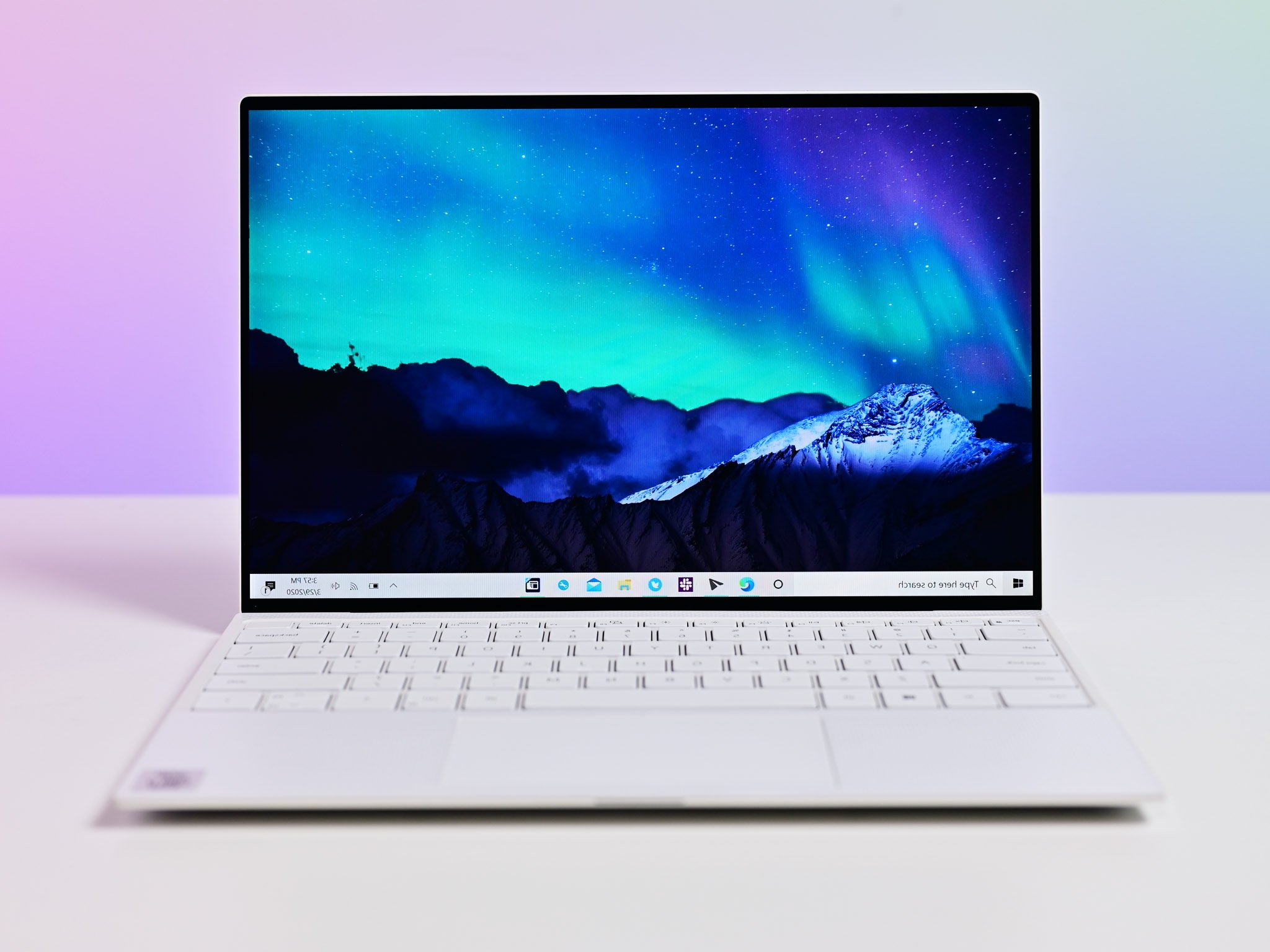
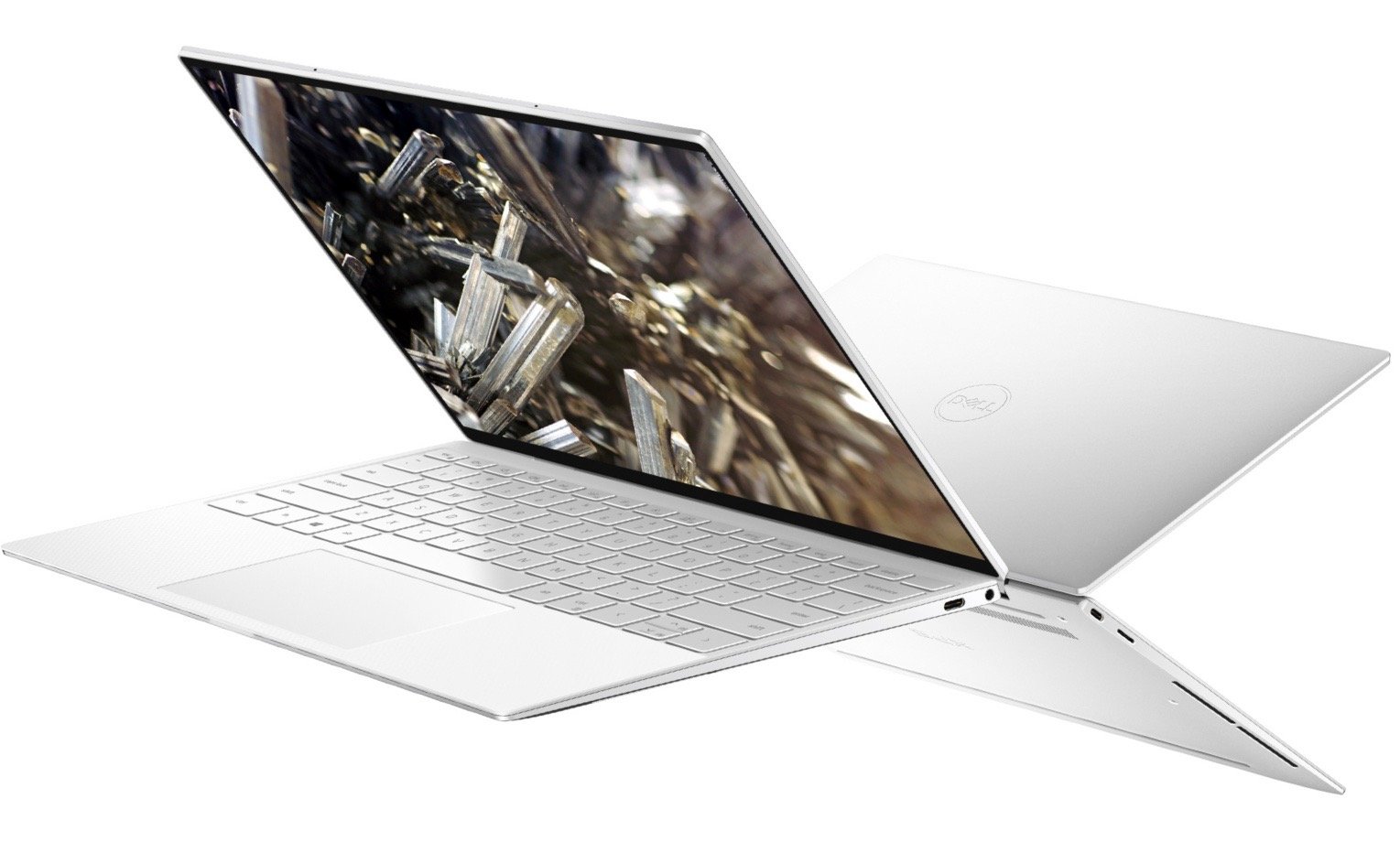
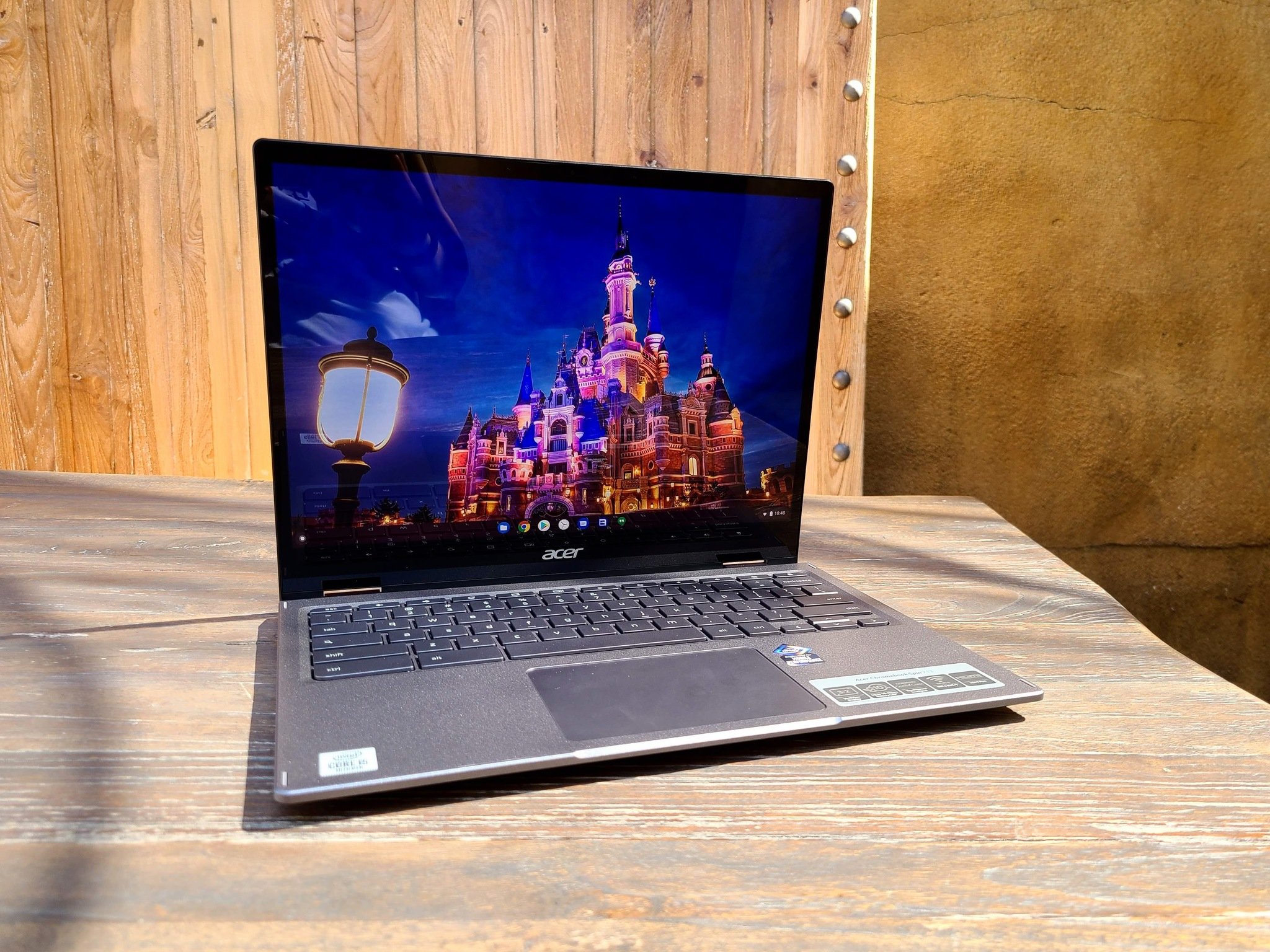

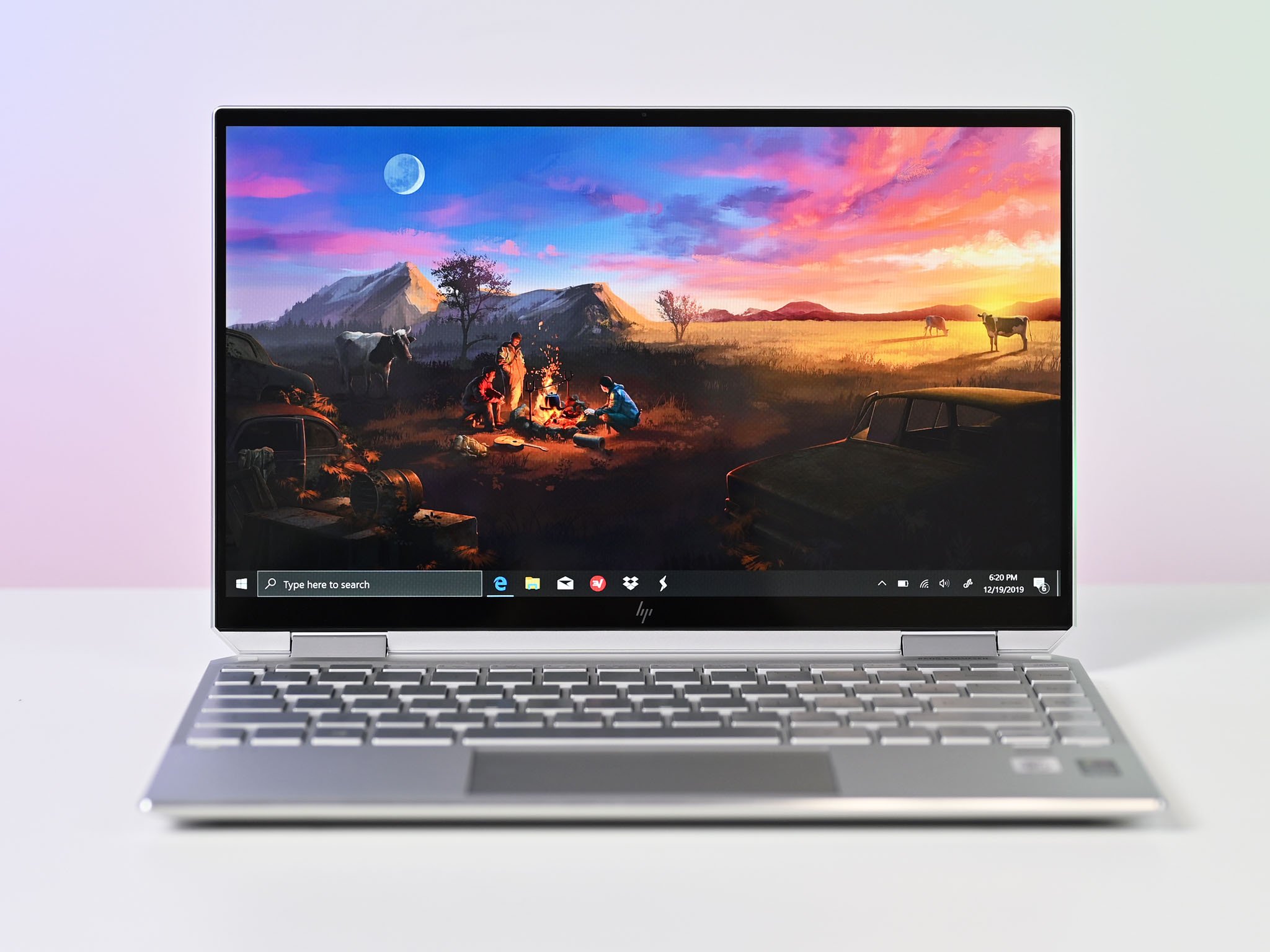
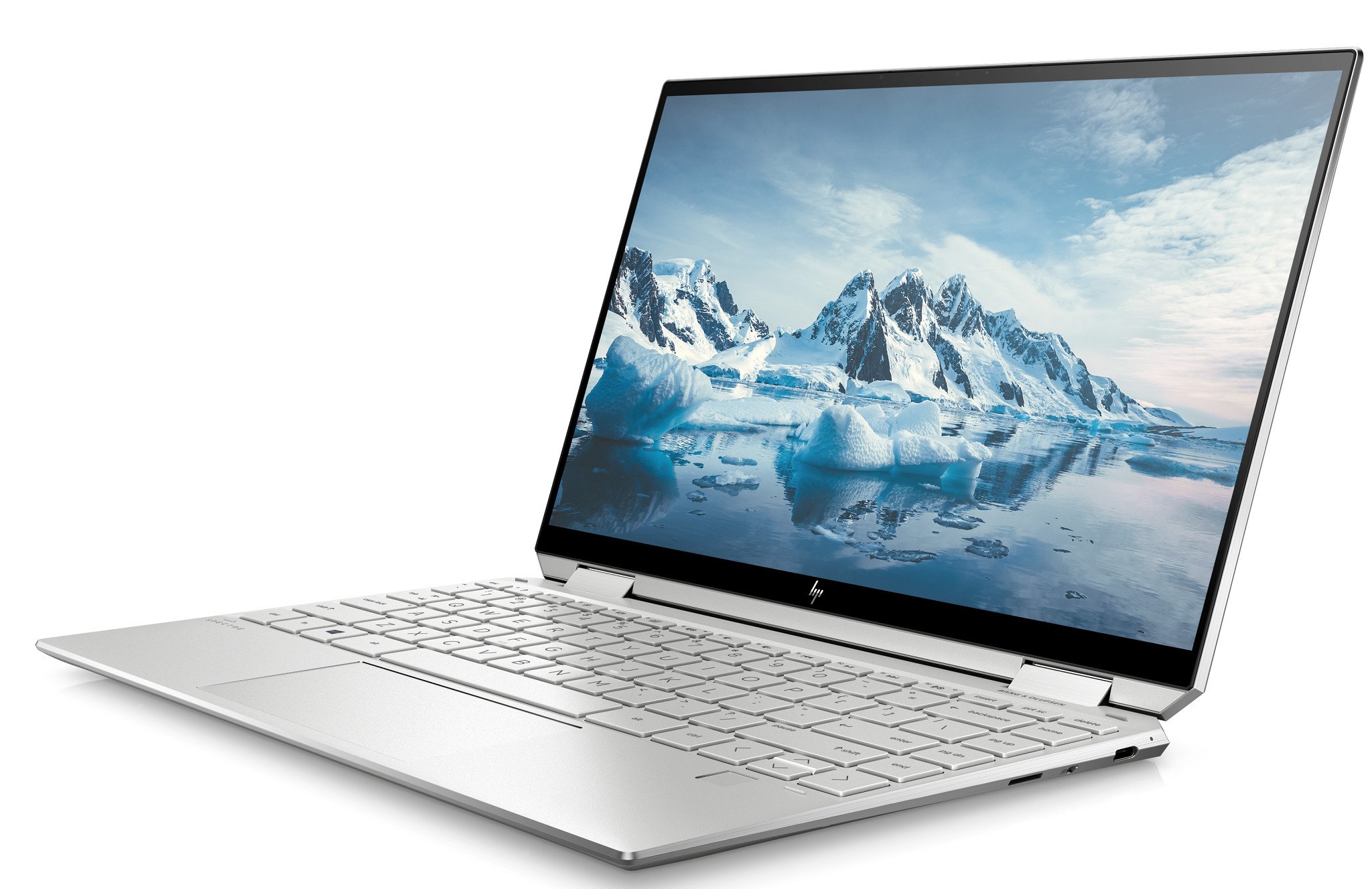
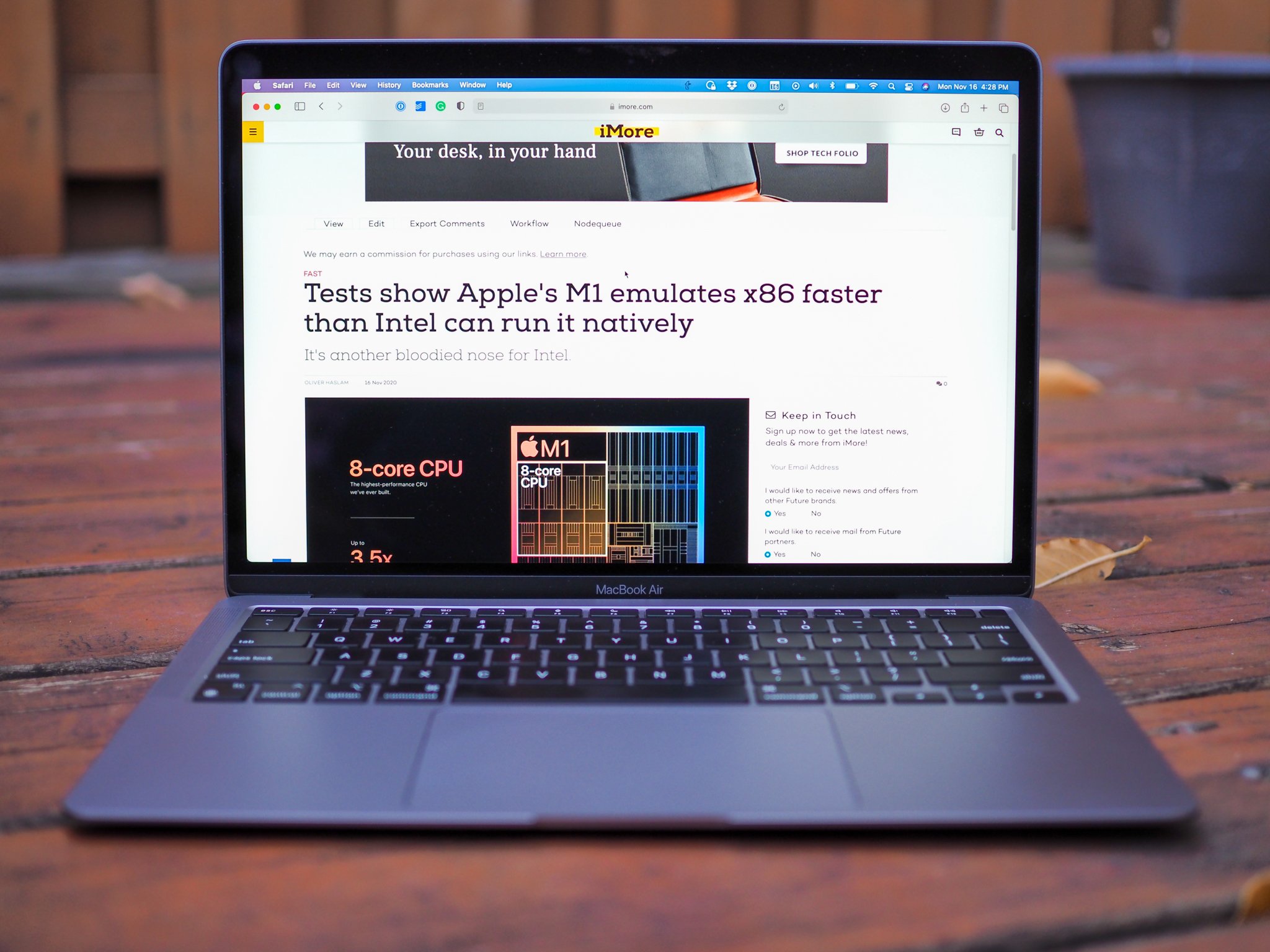
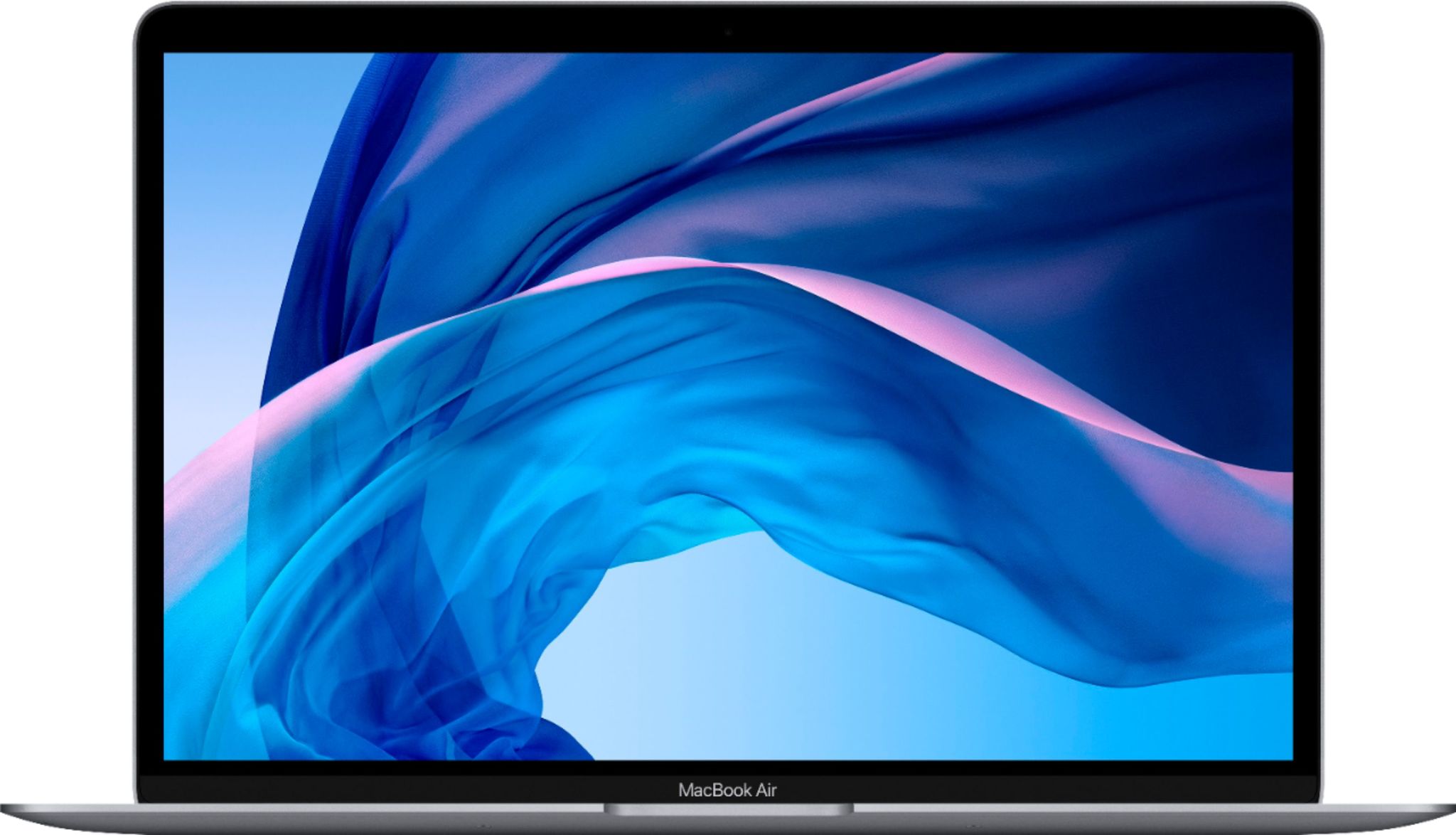


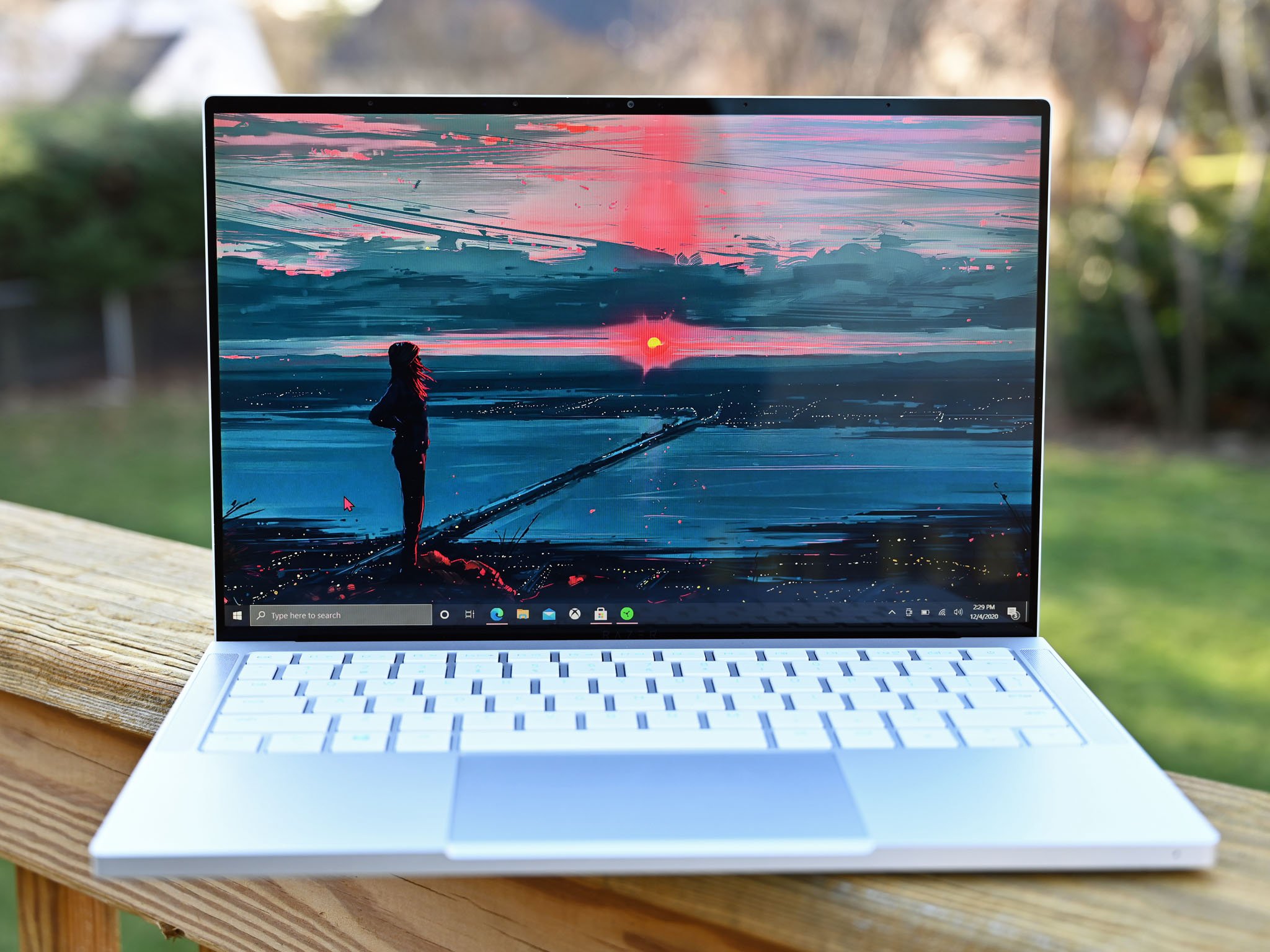
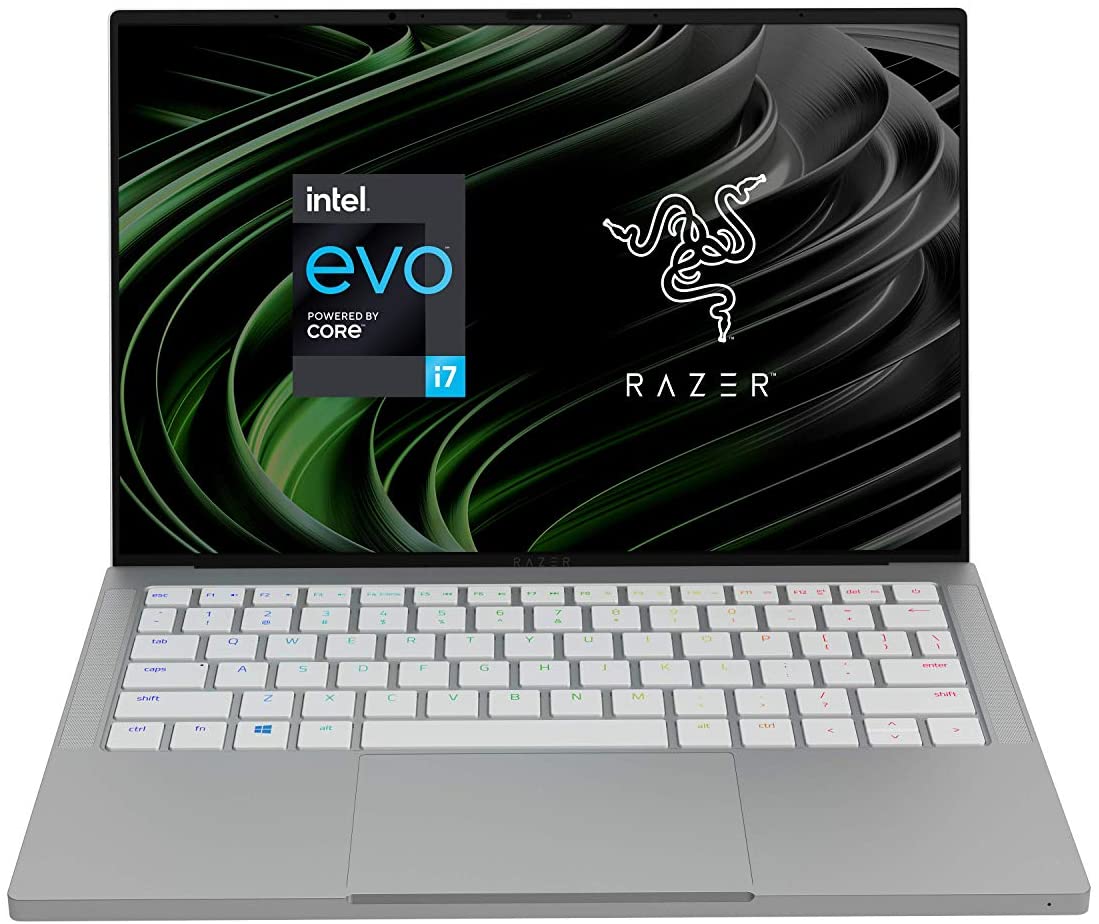
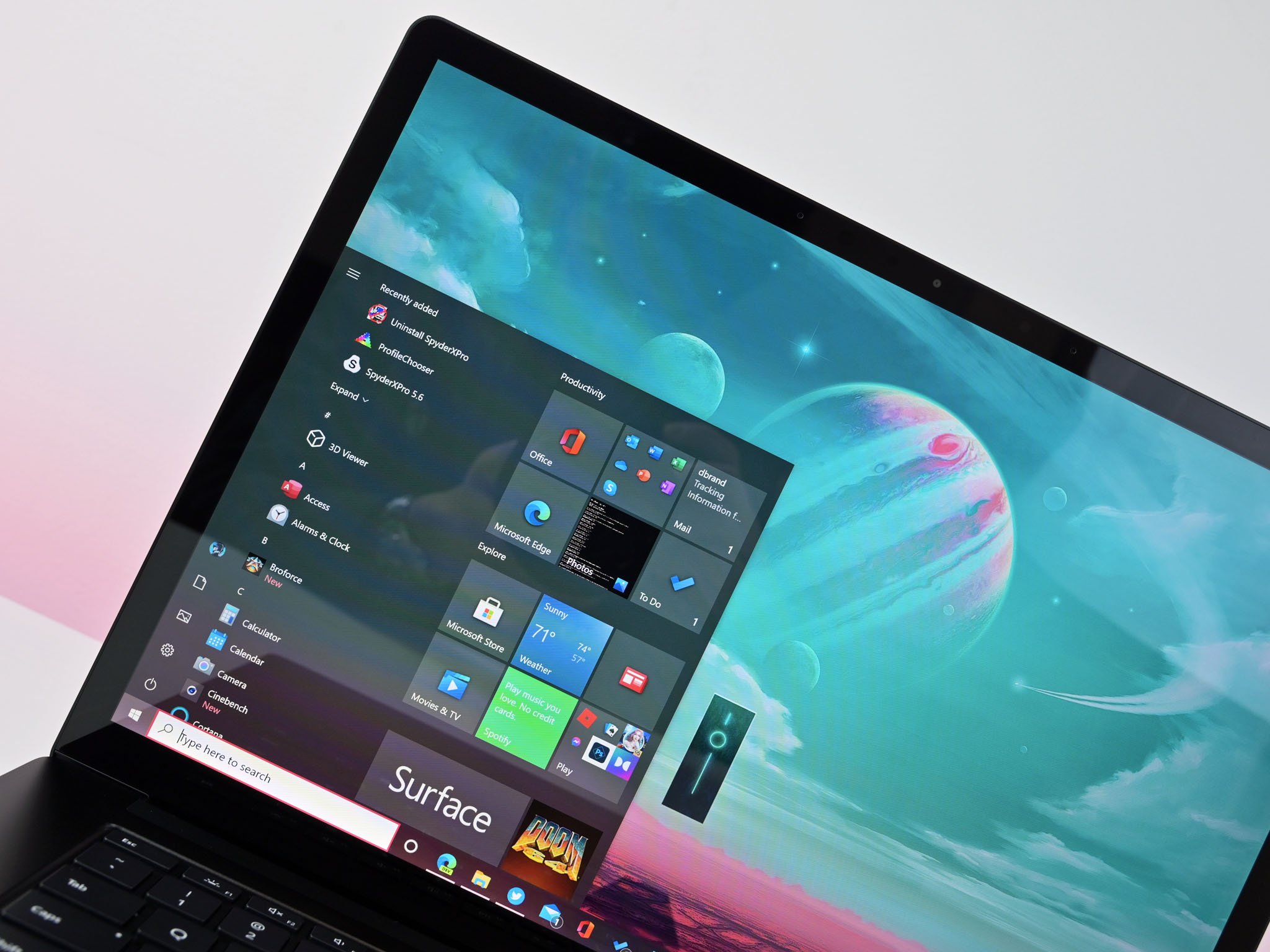
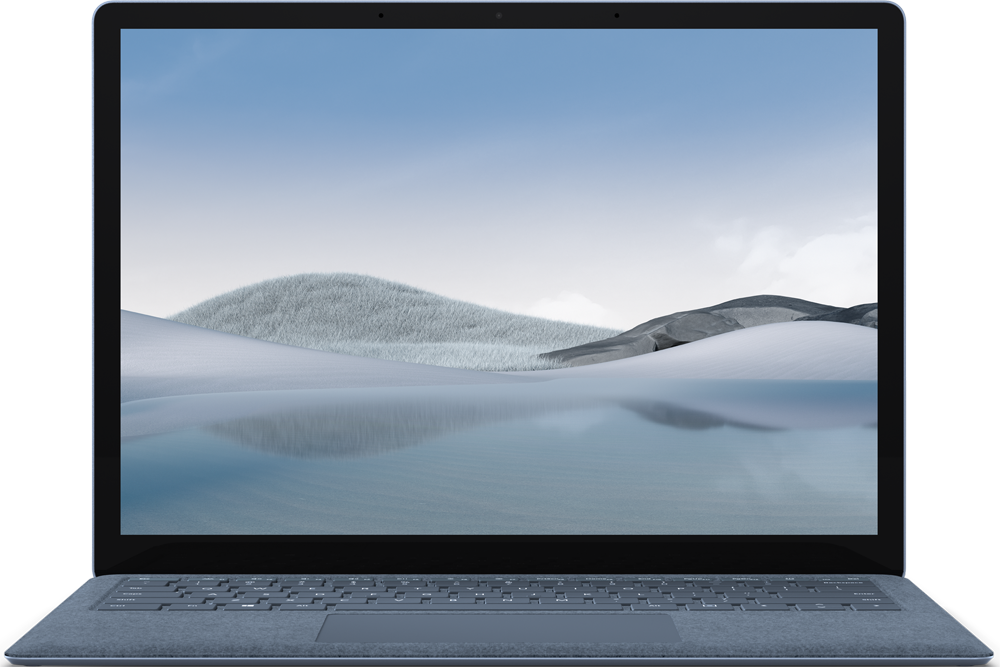
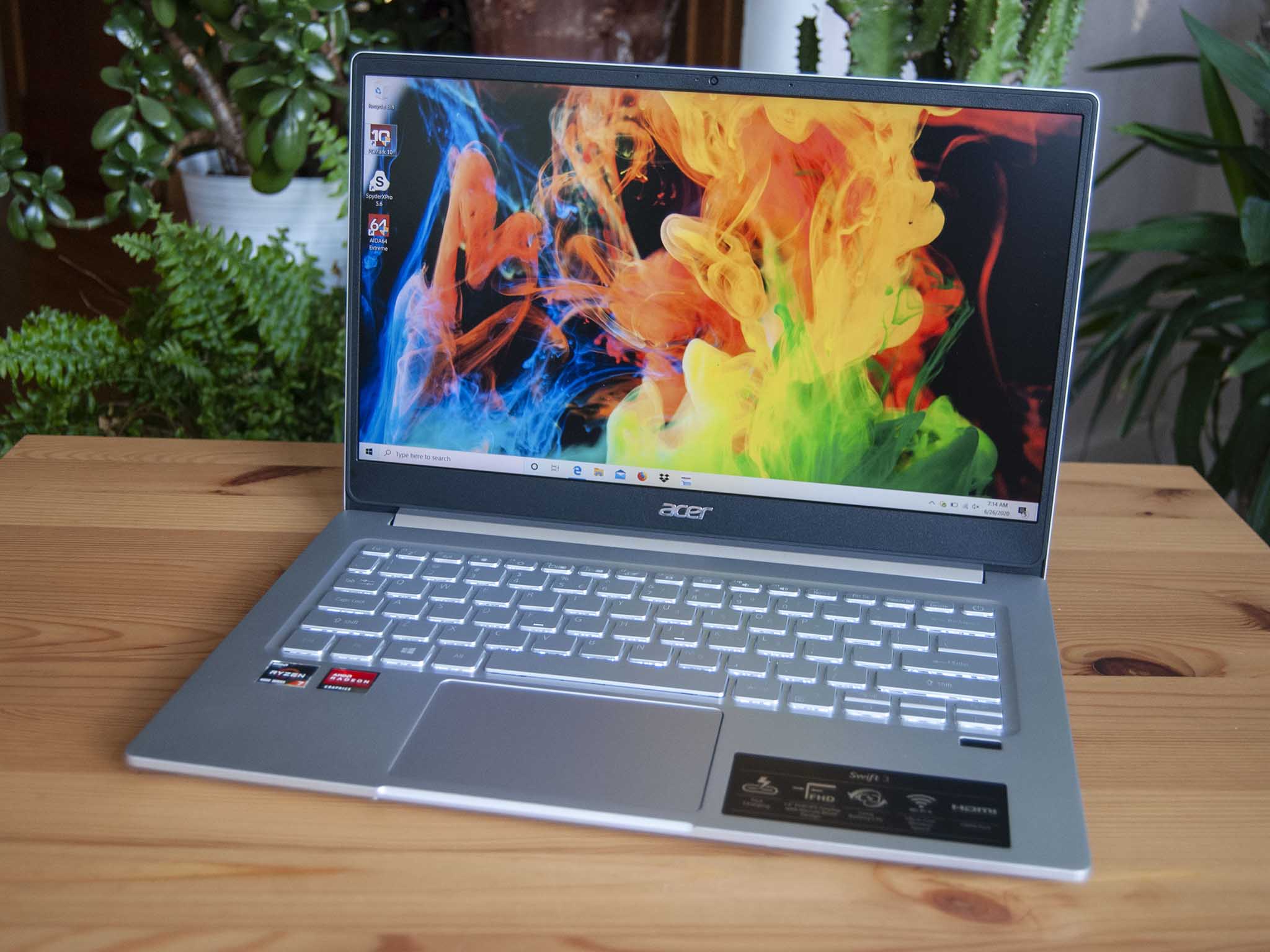
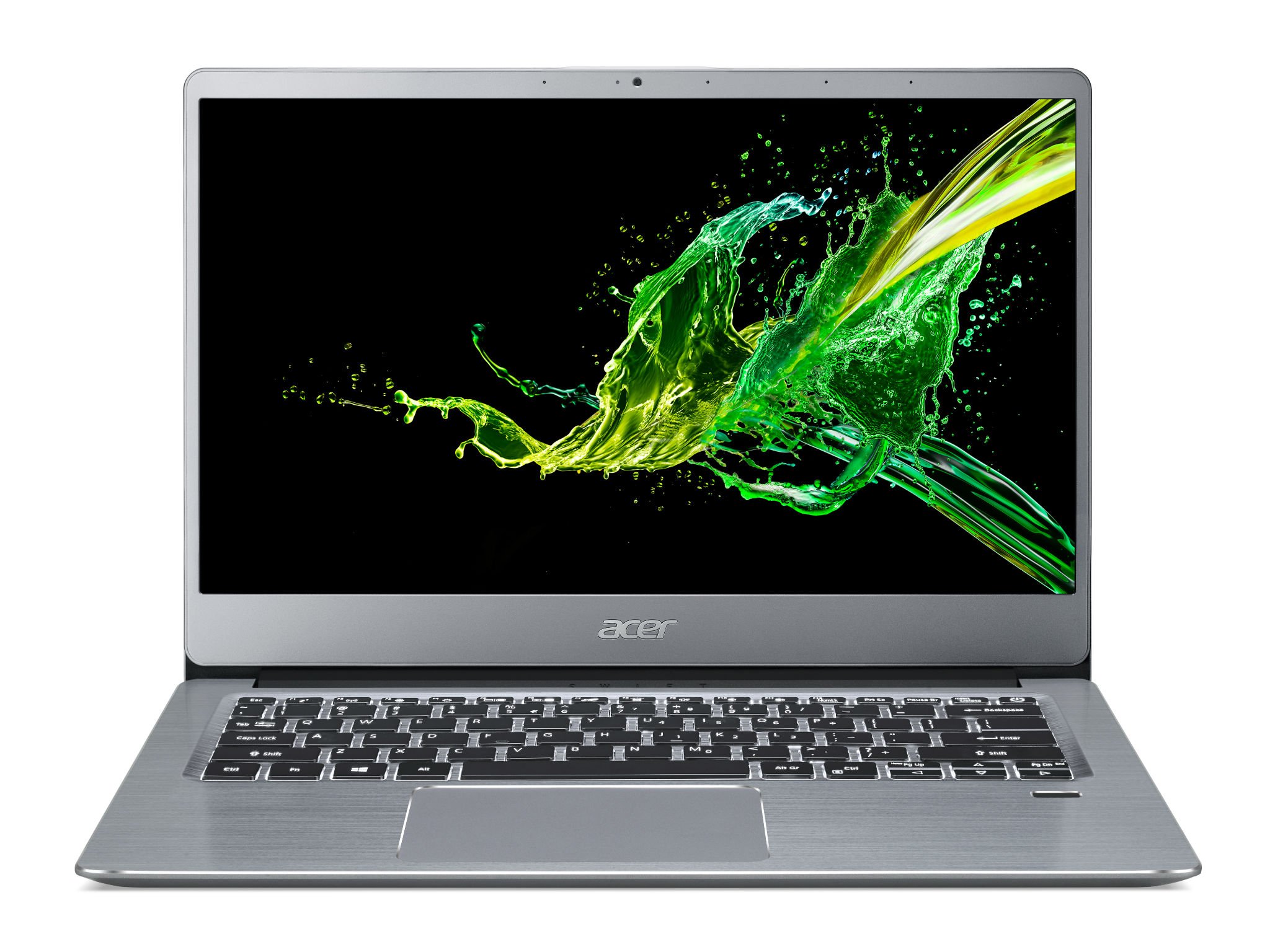

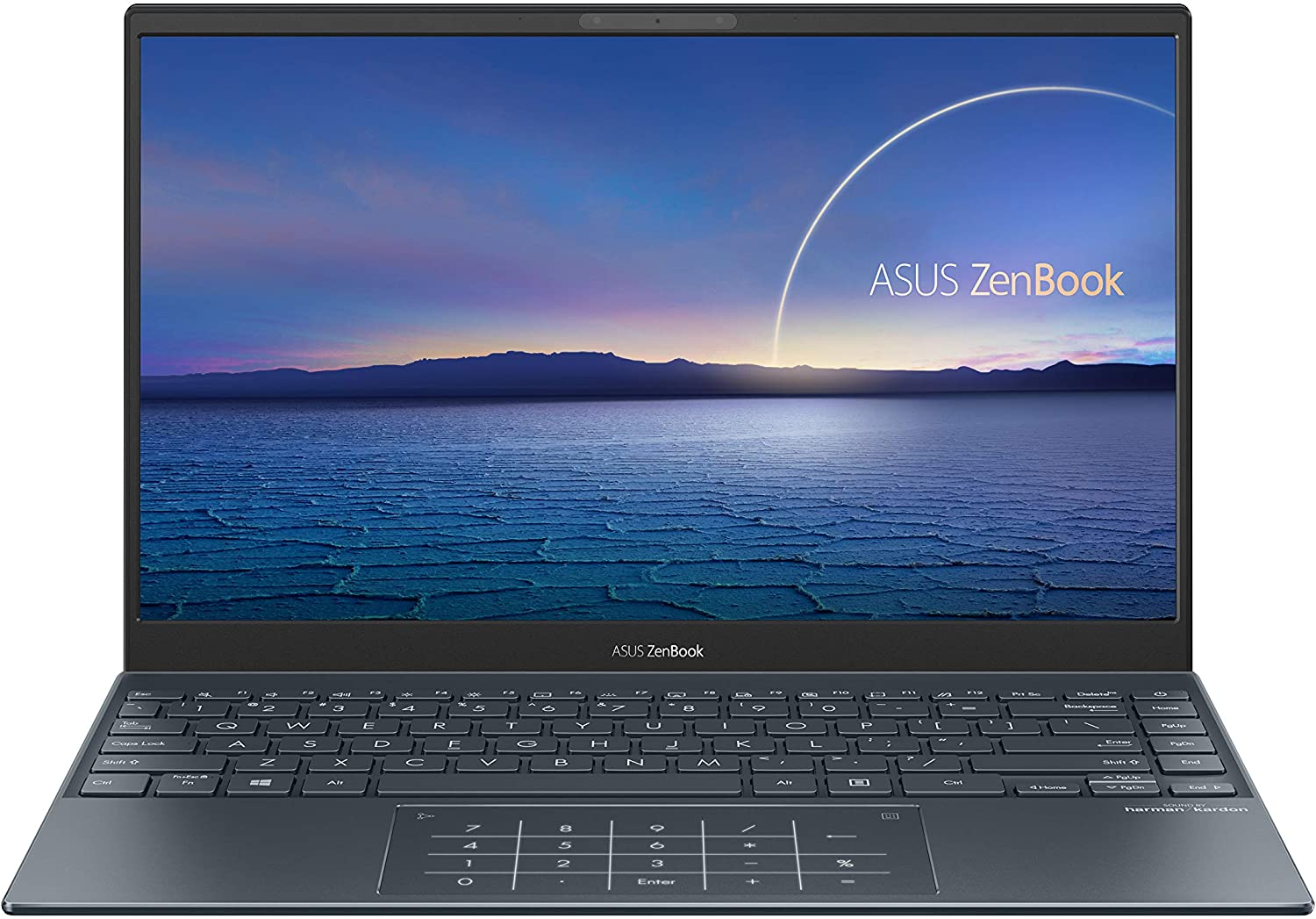
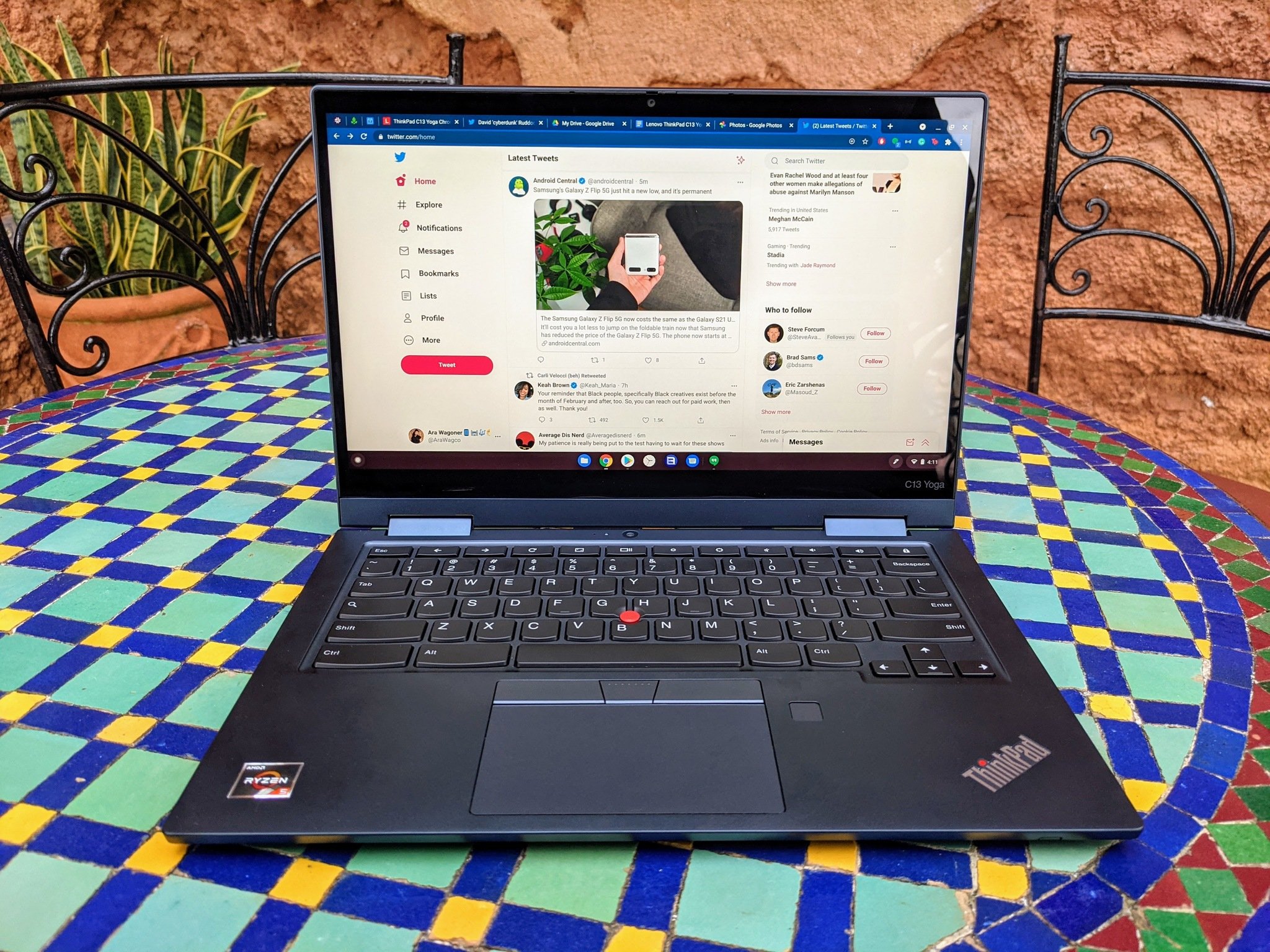
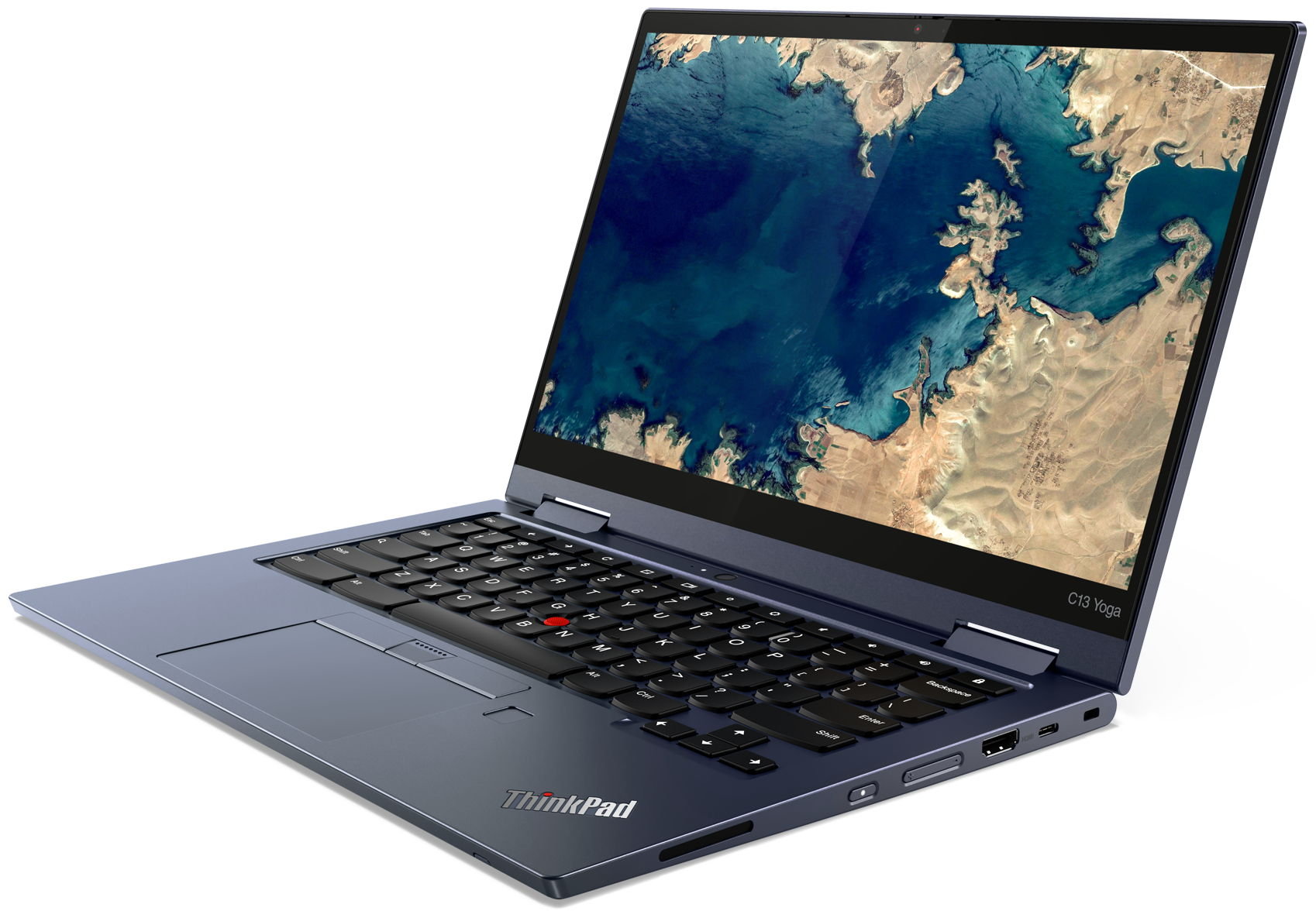
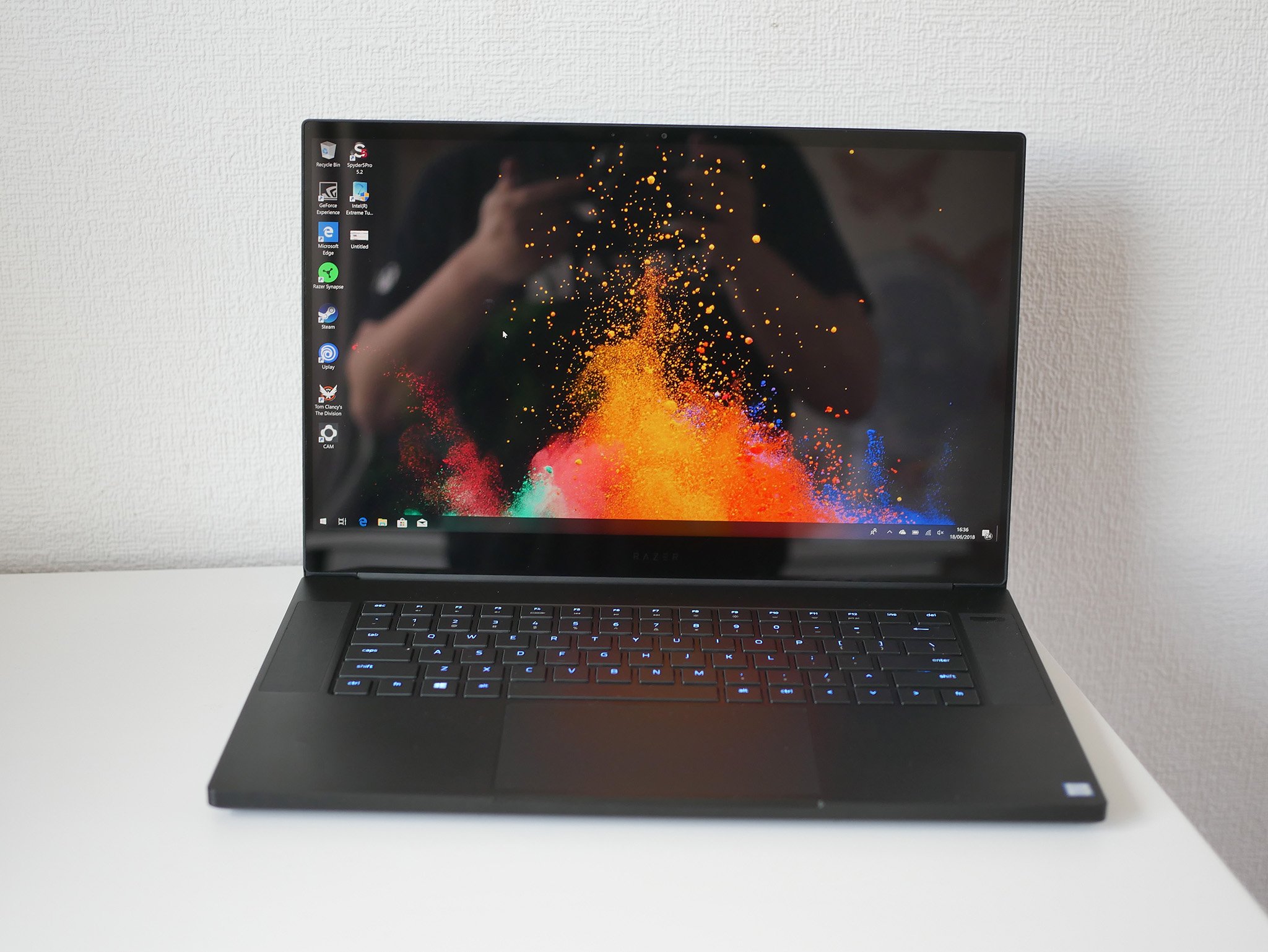
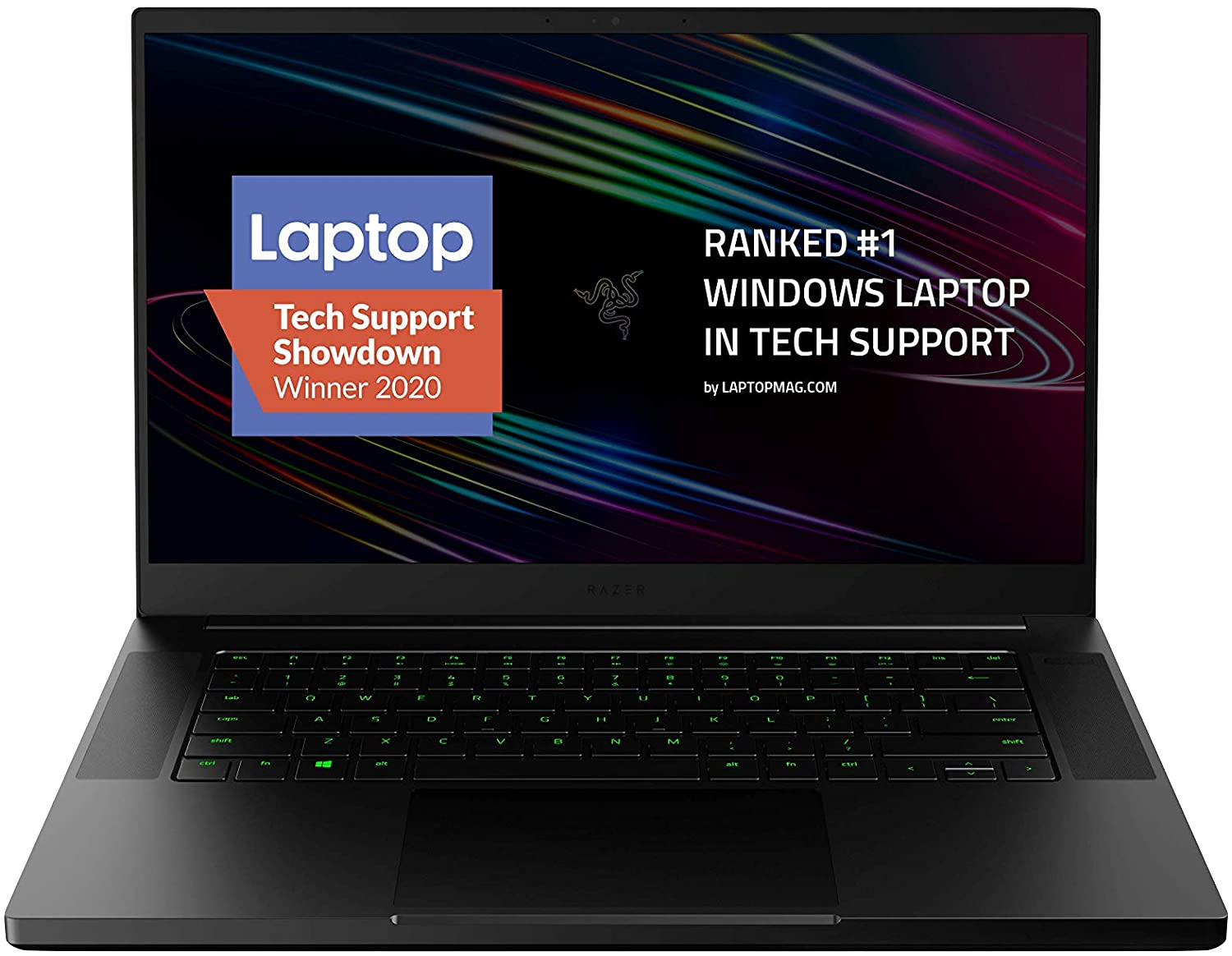

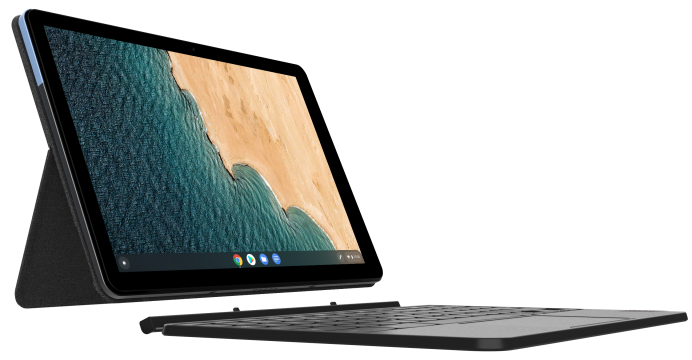

Post a Comment